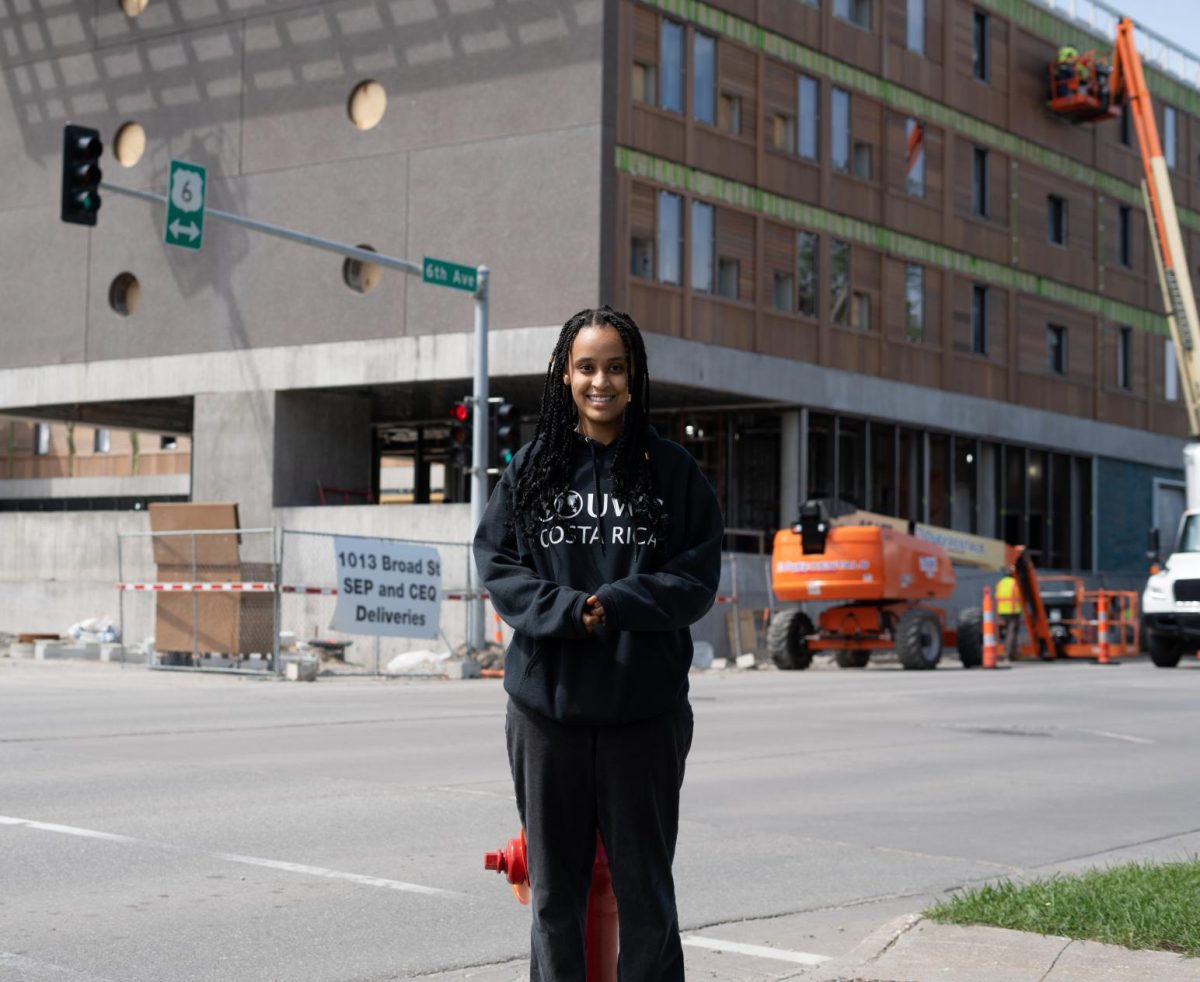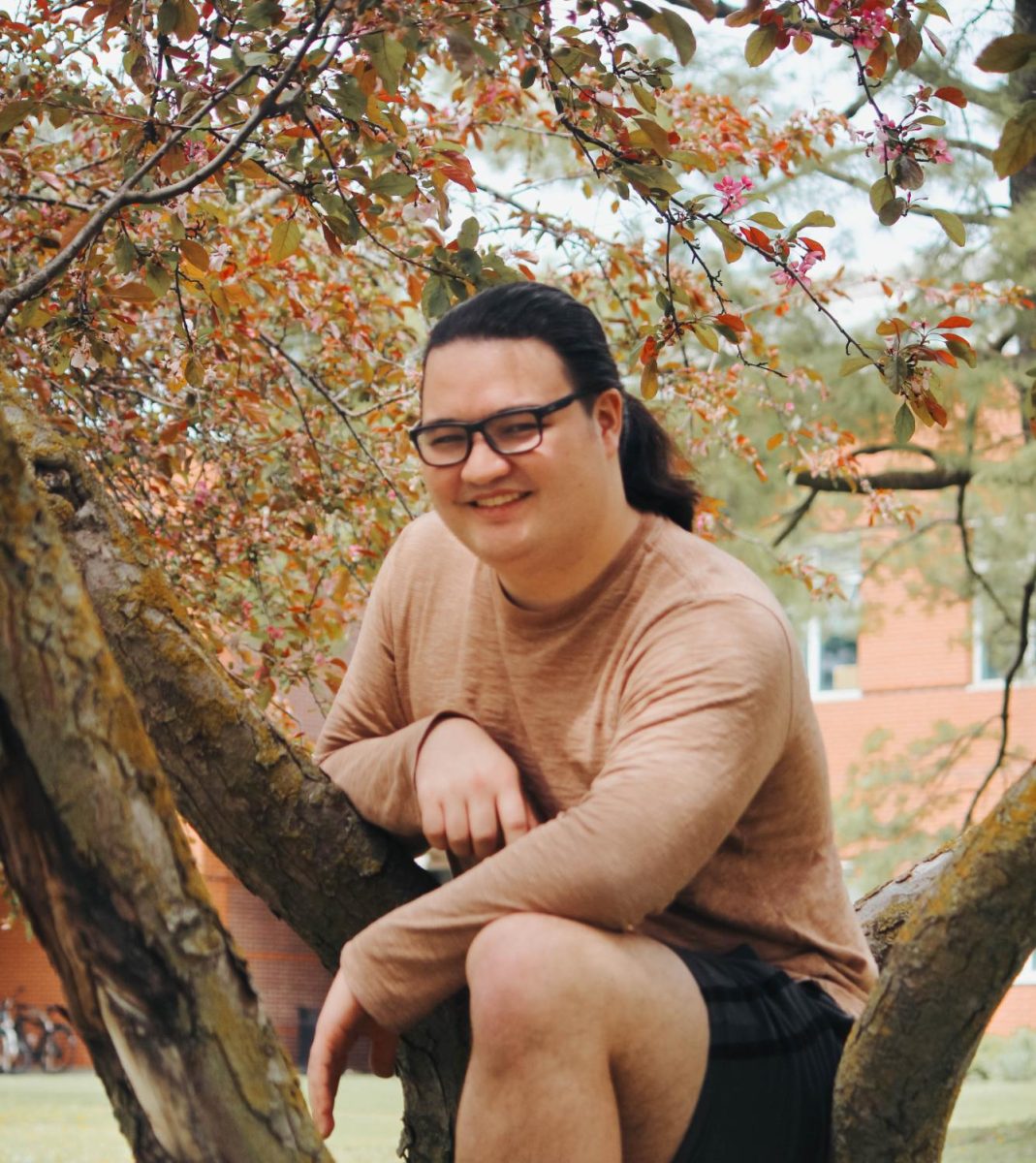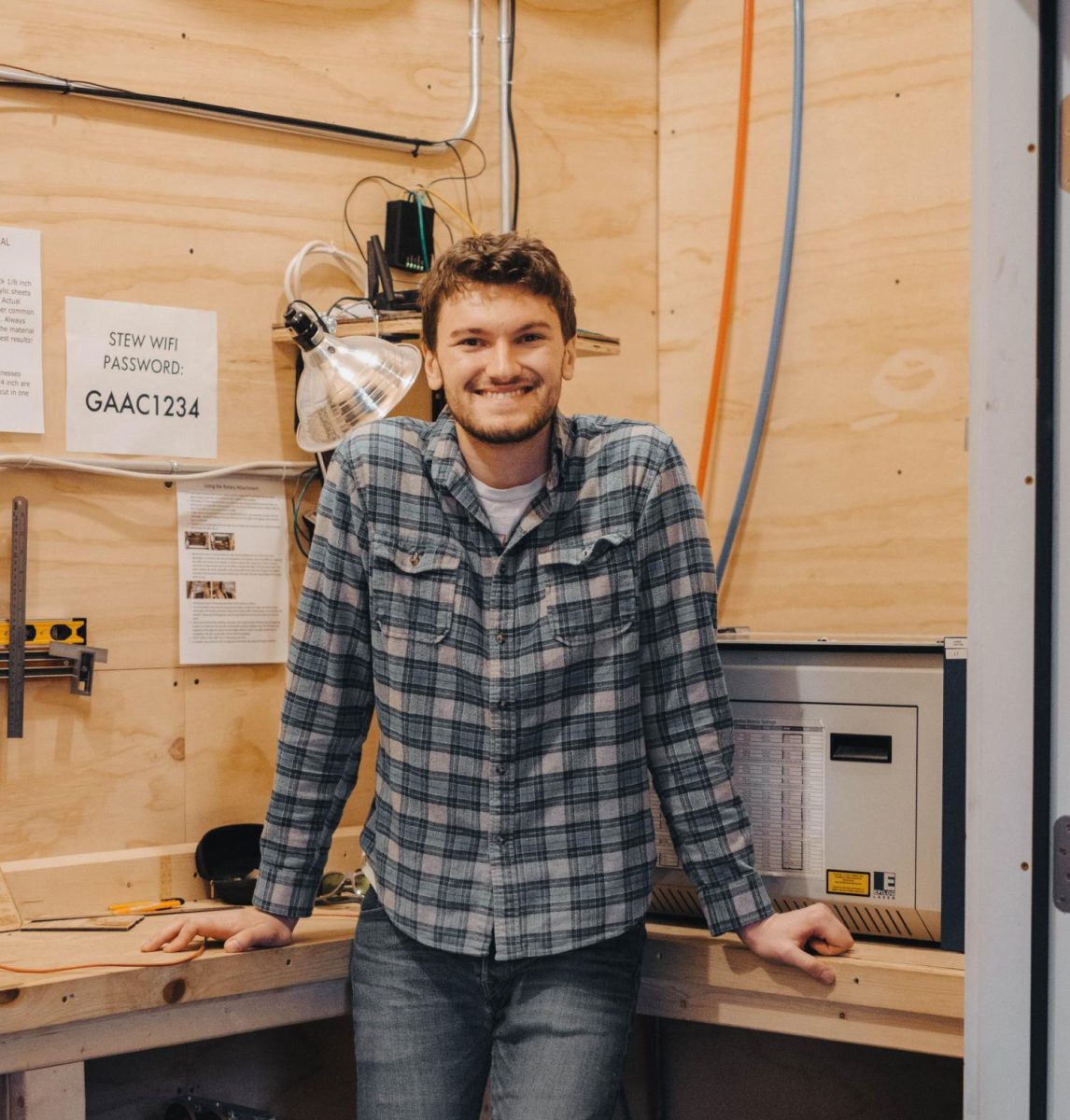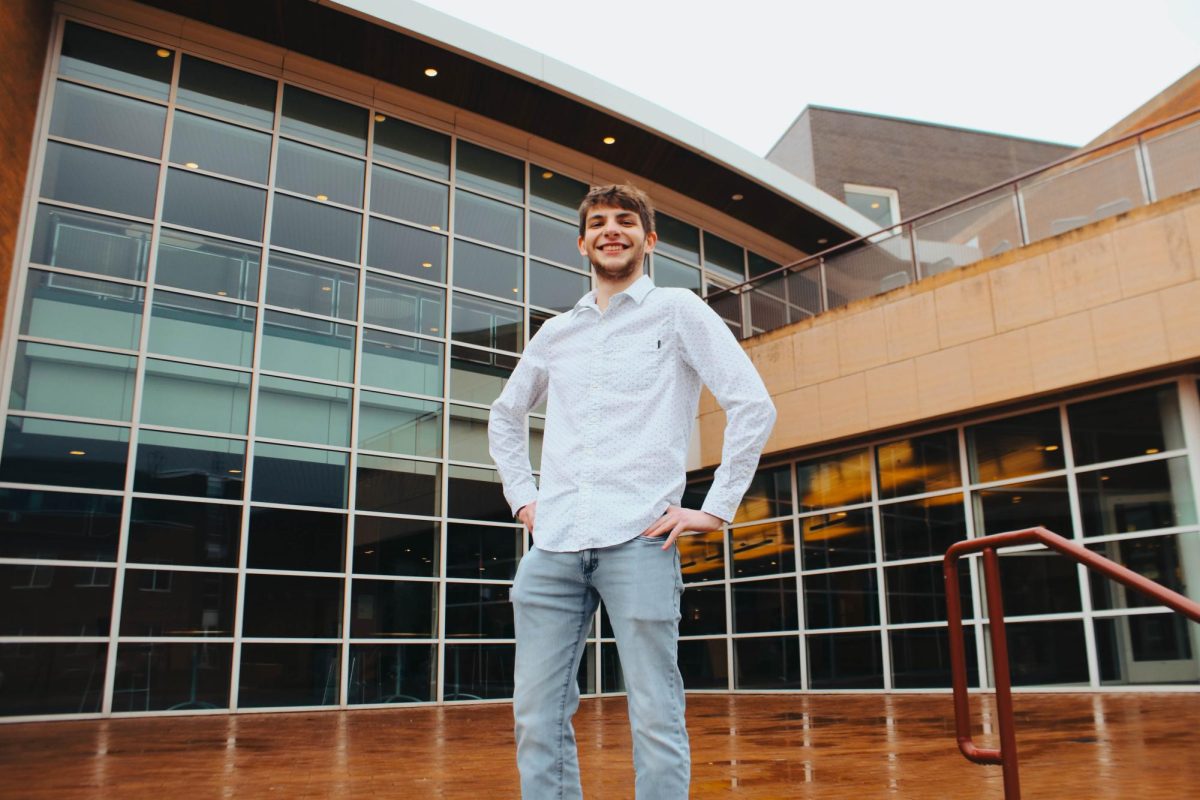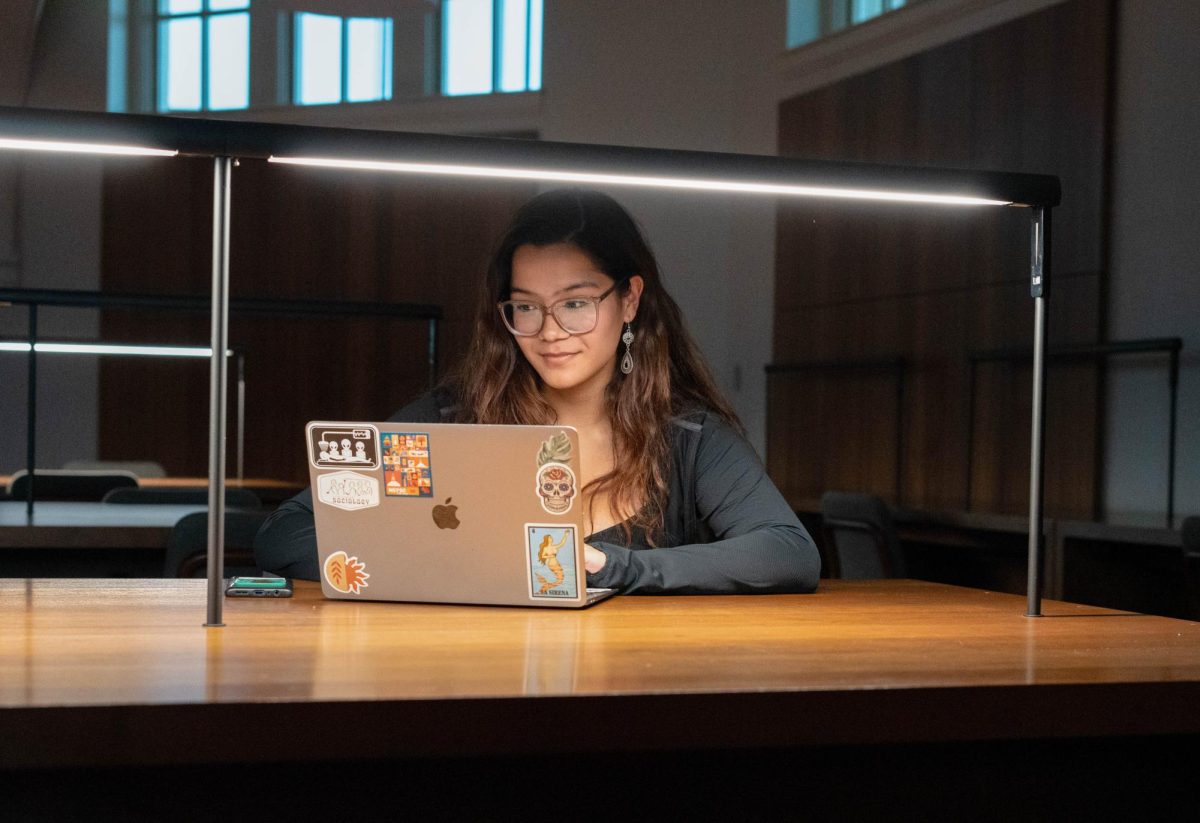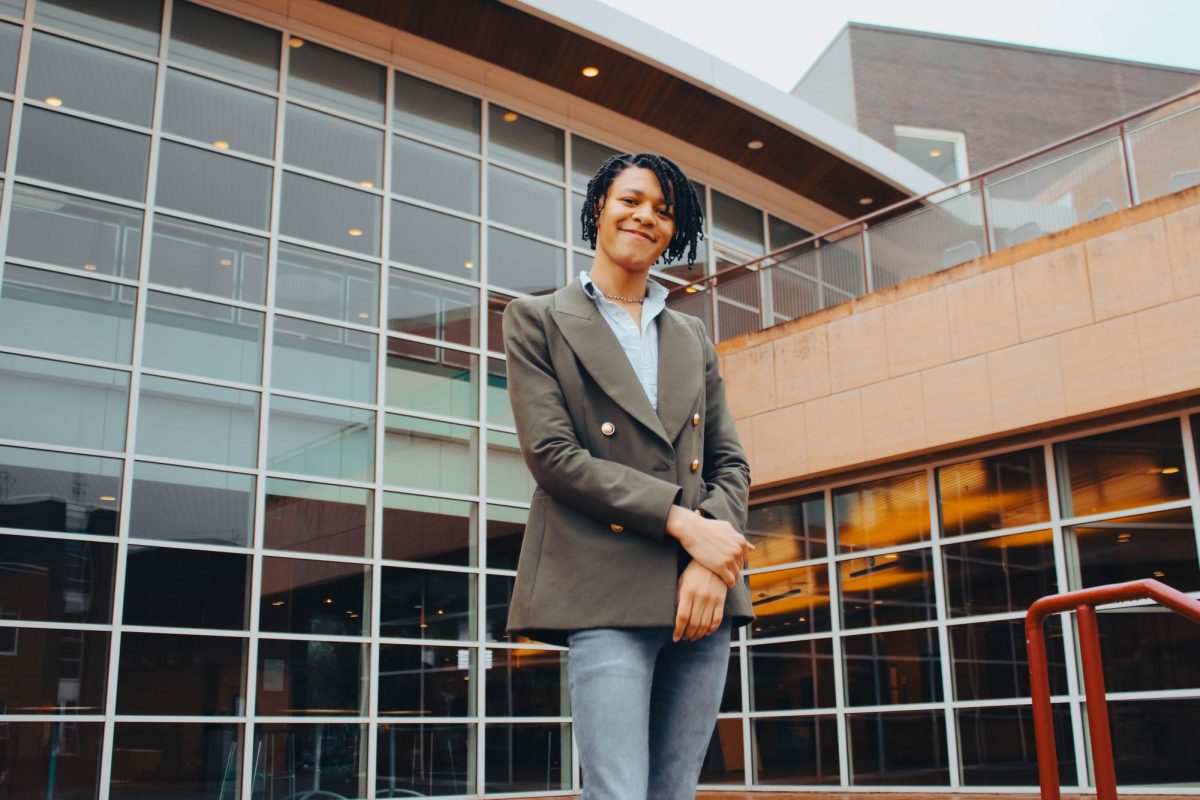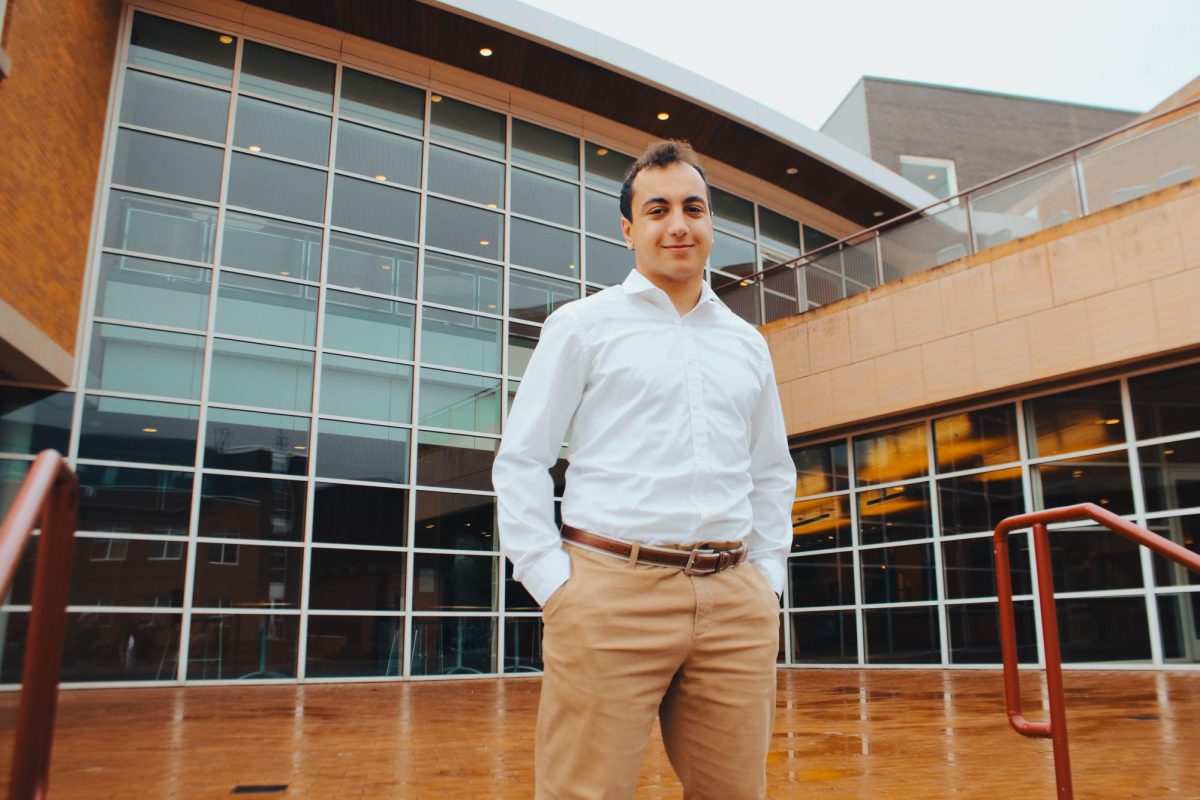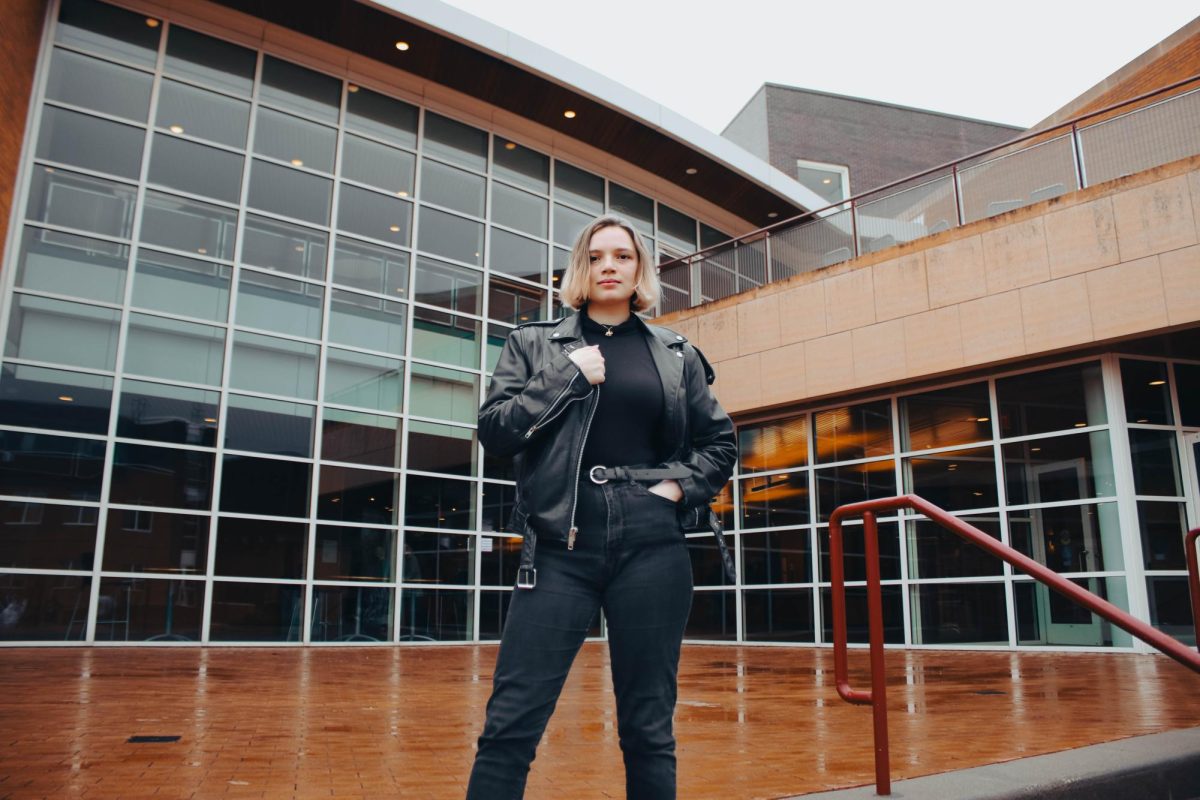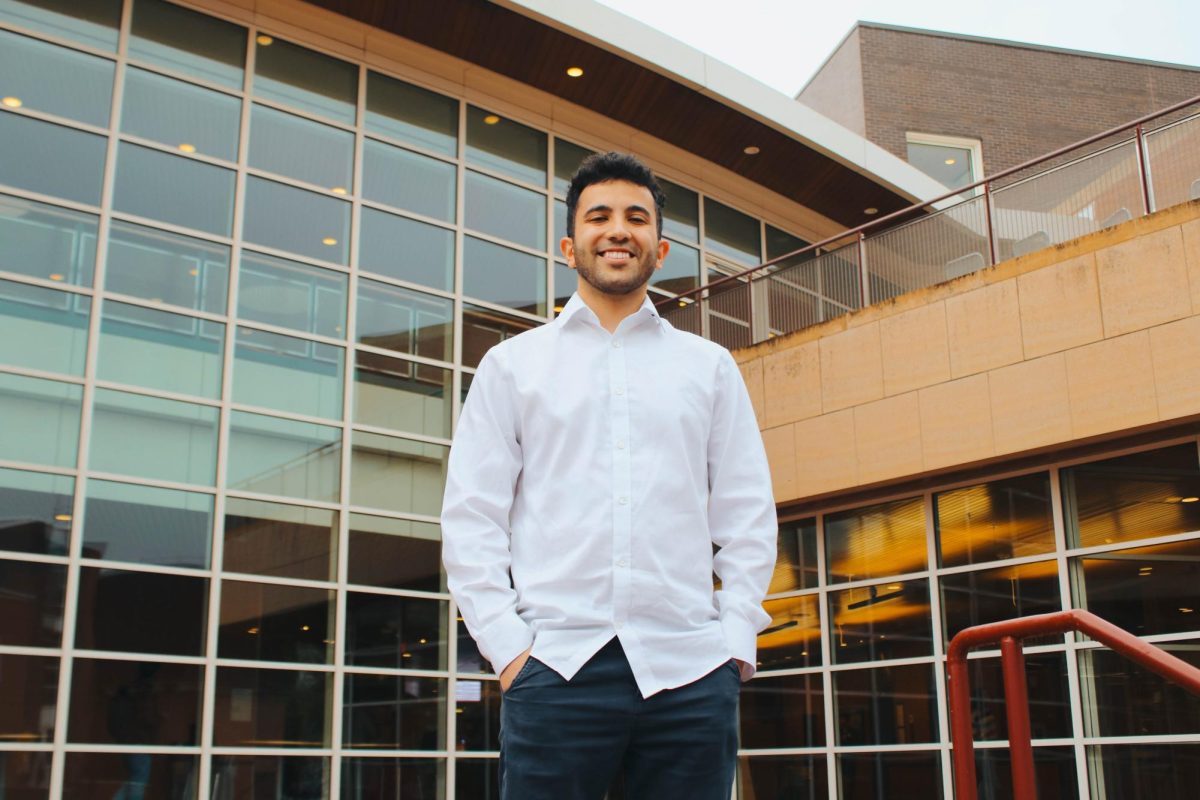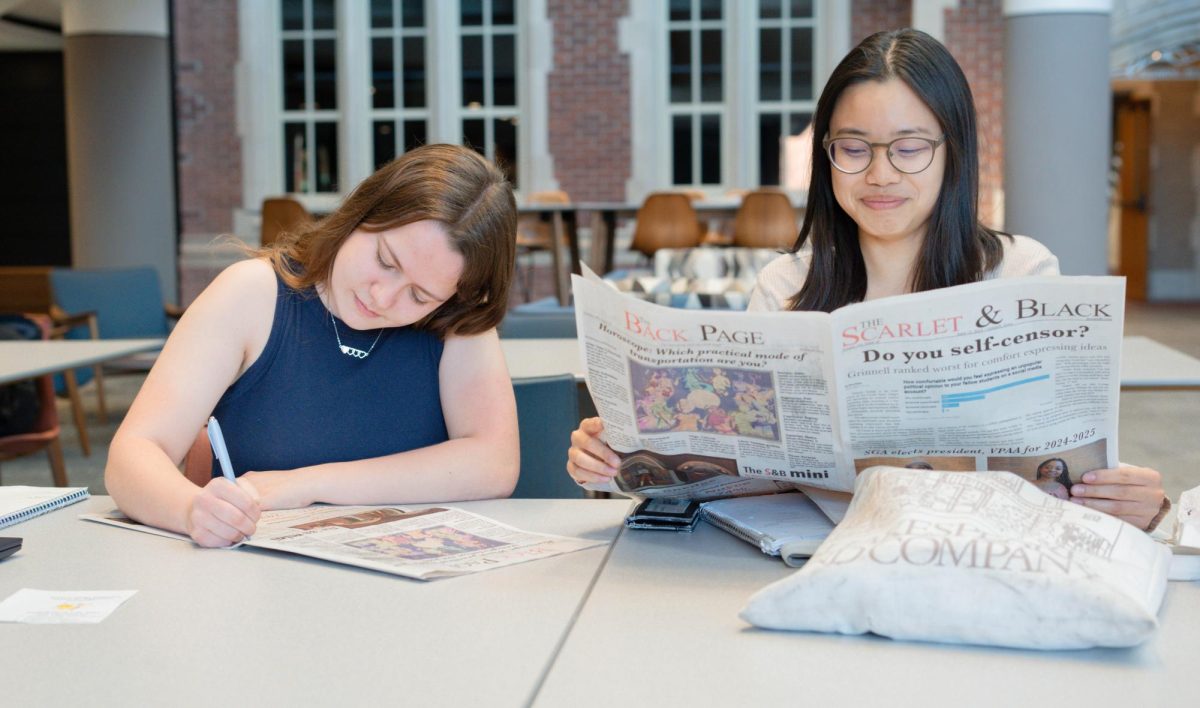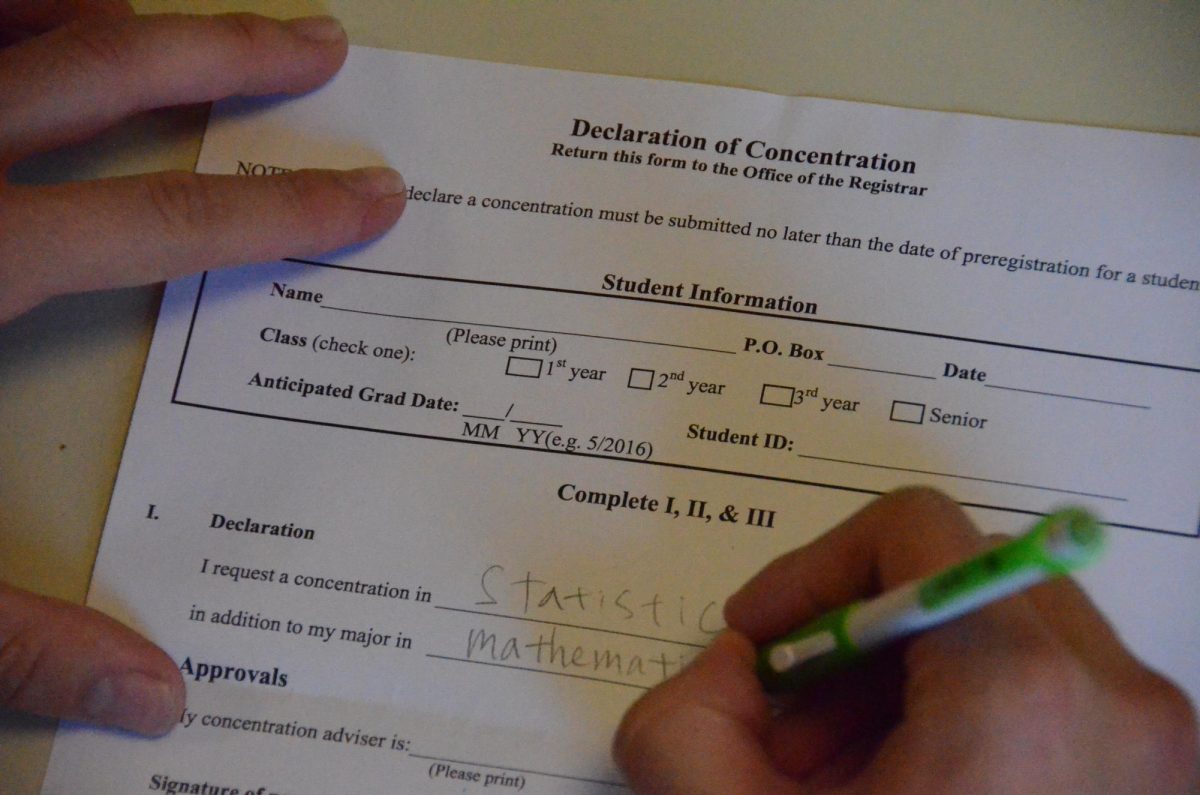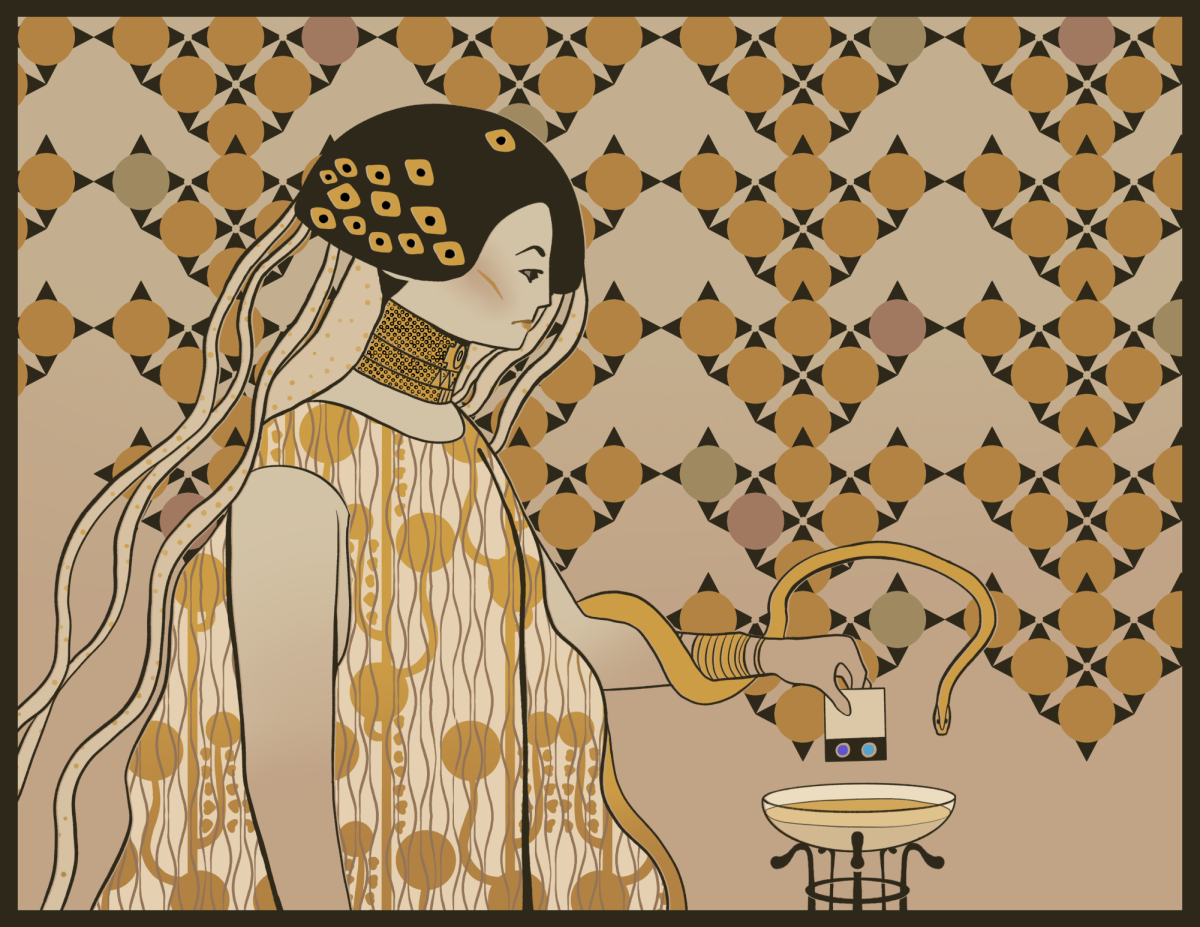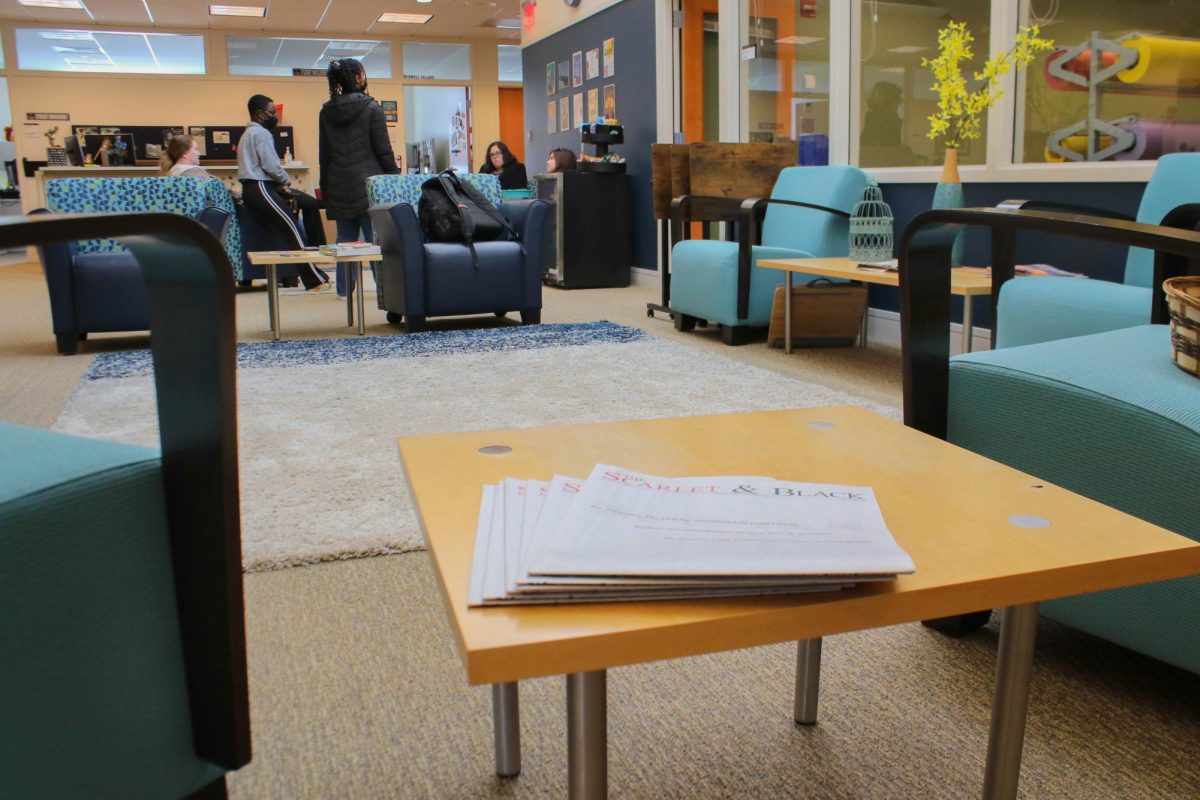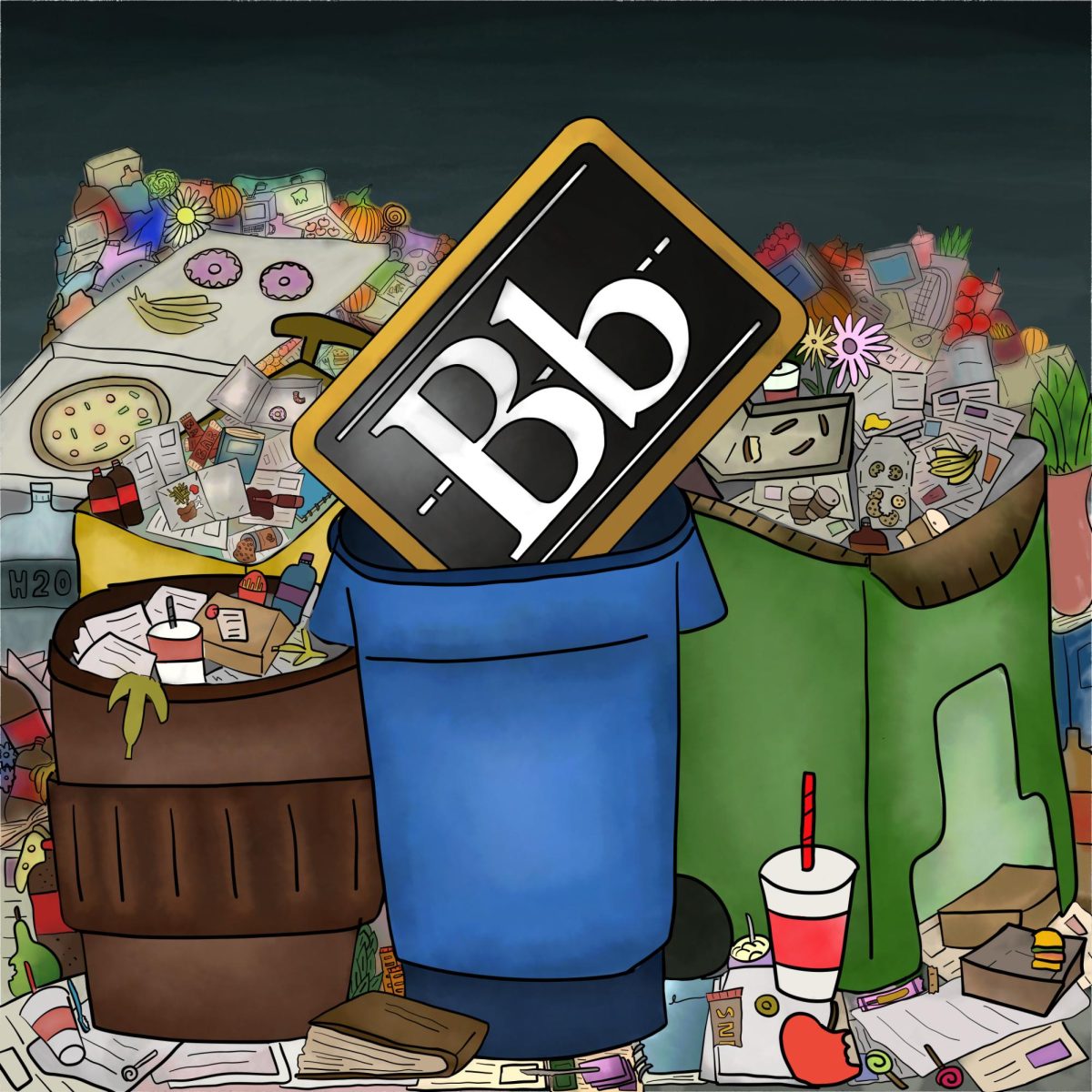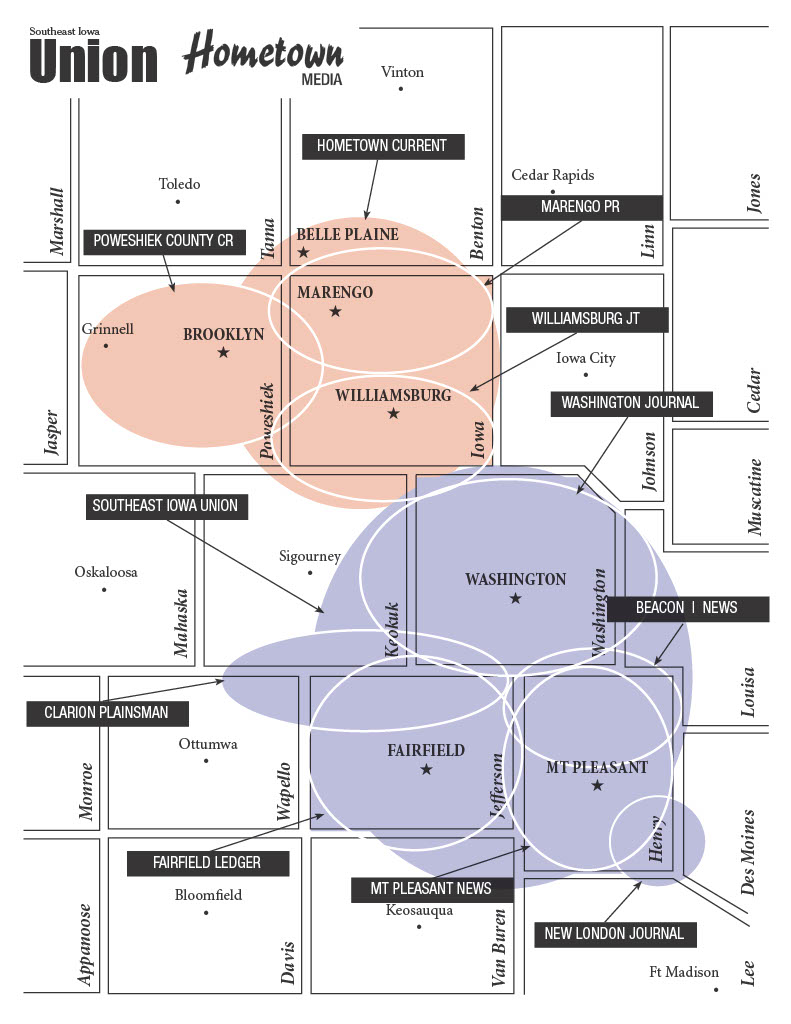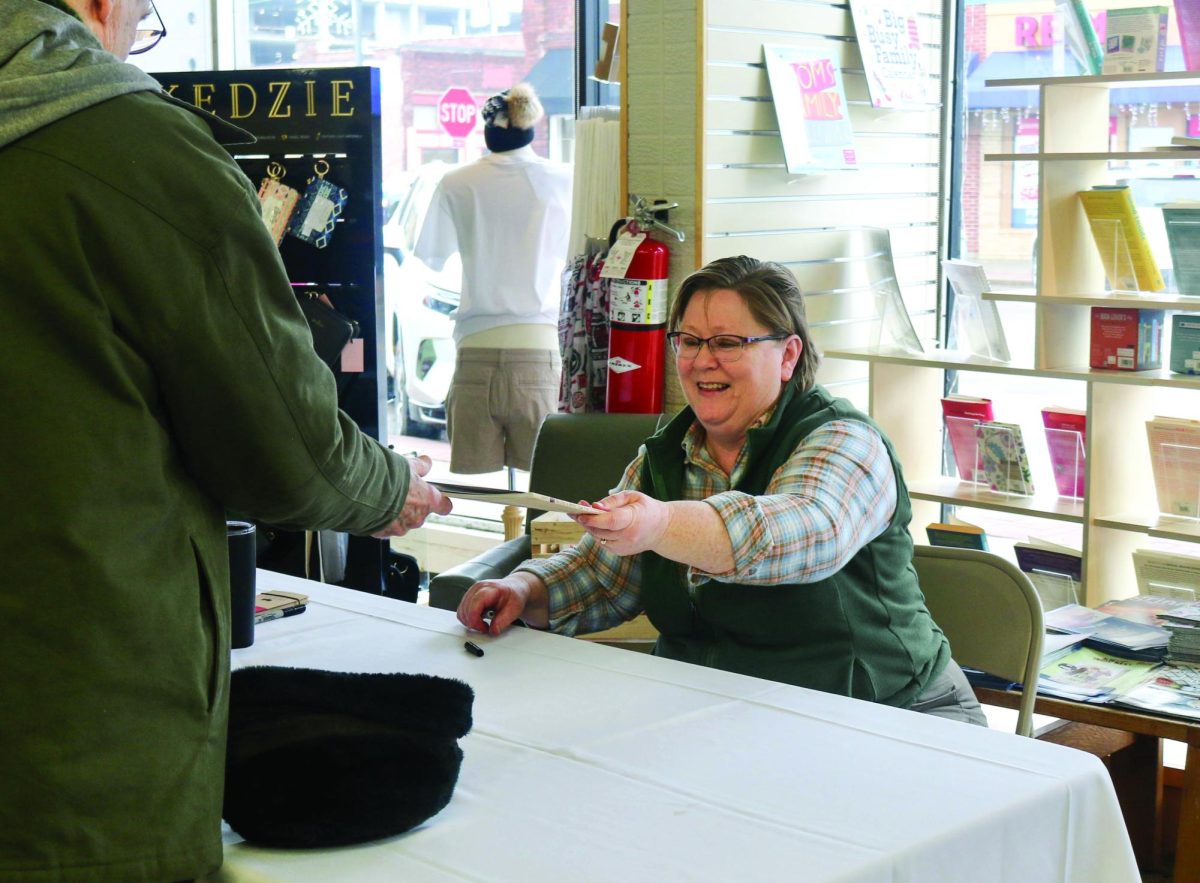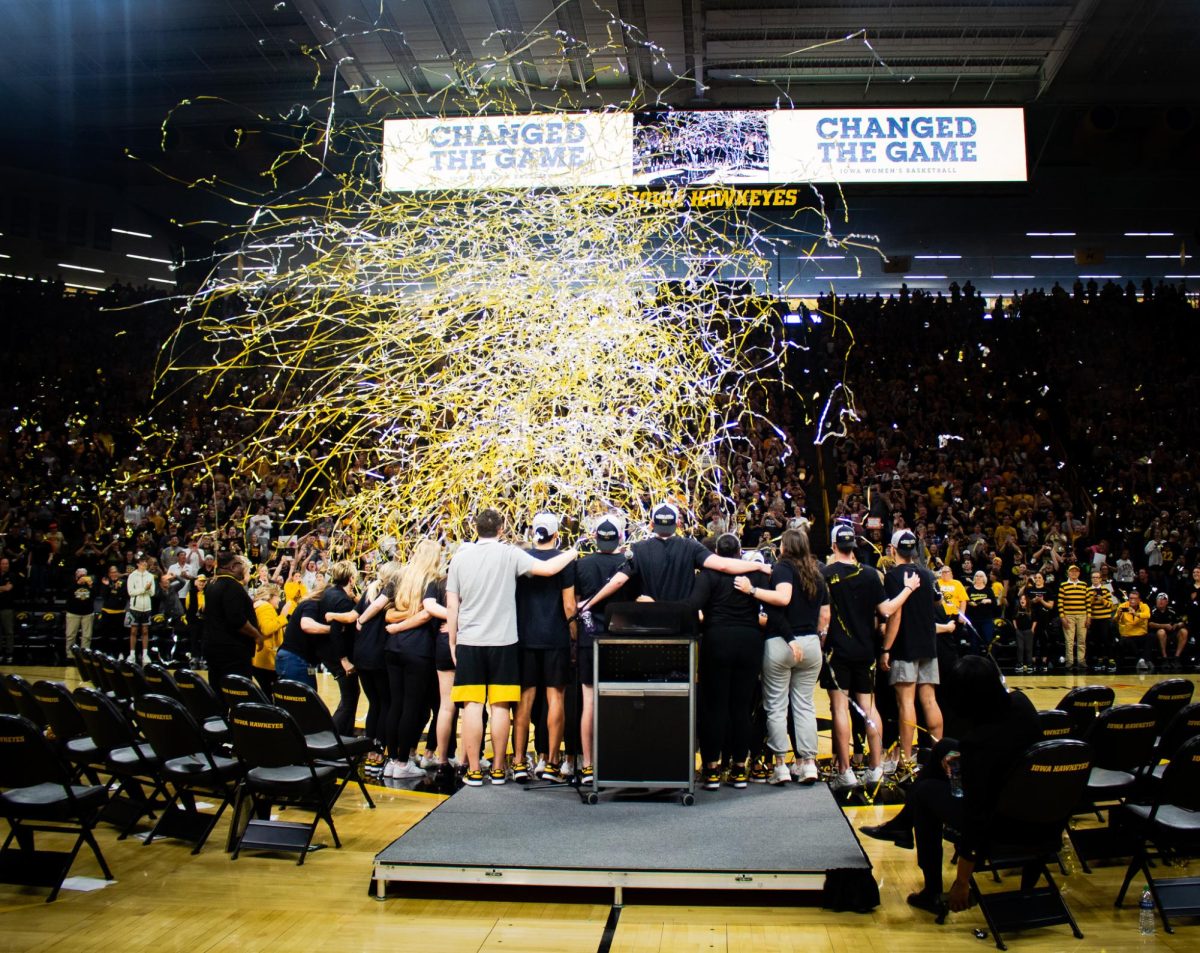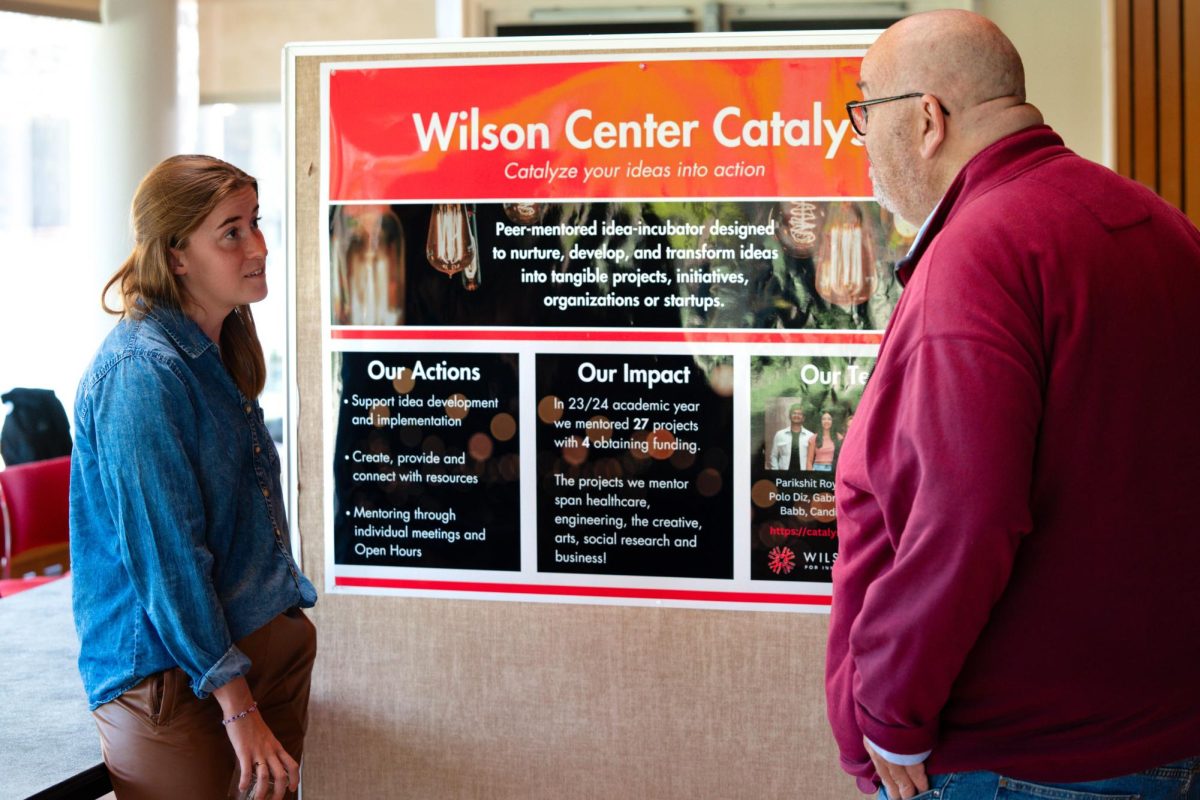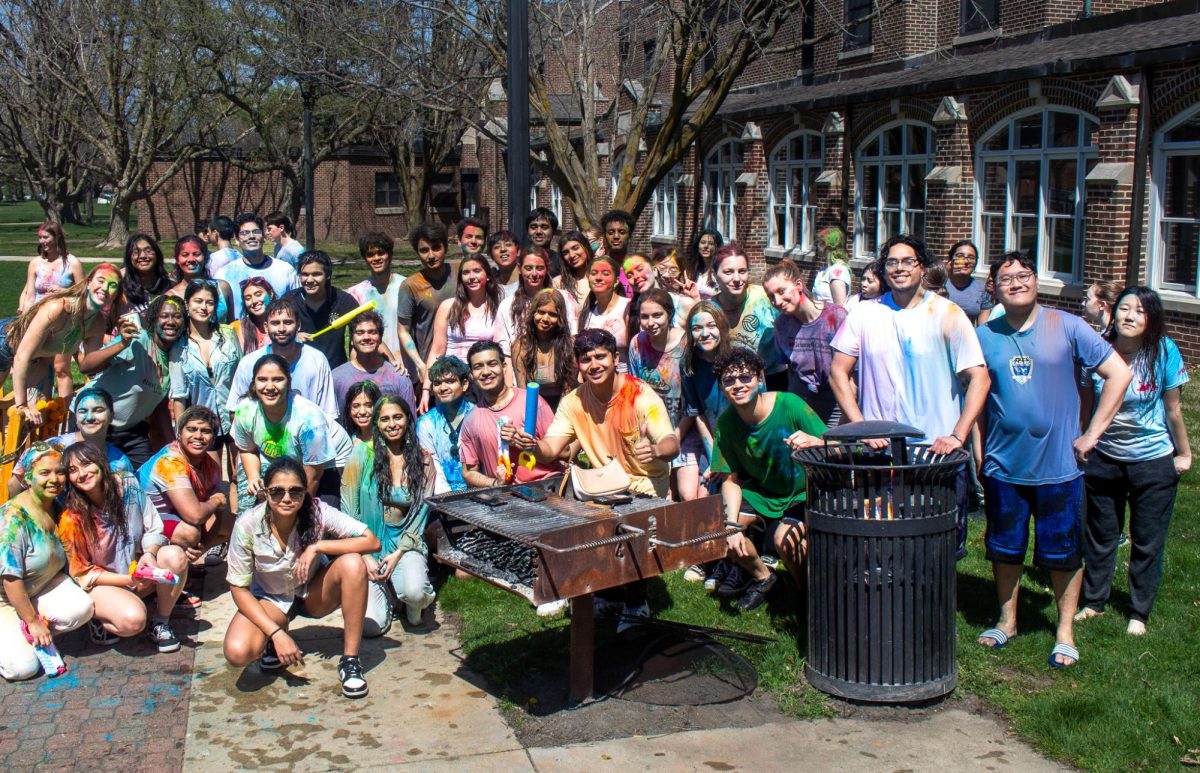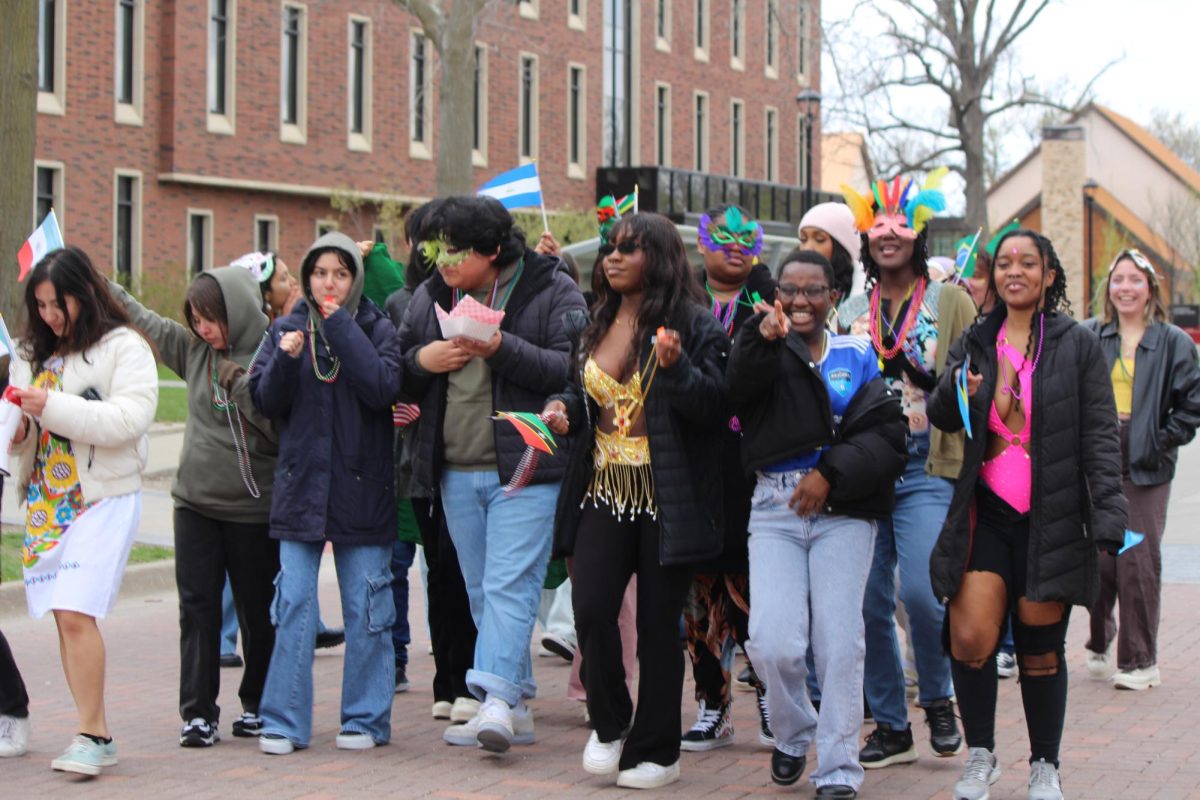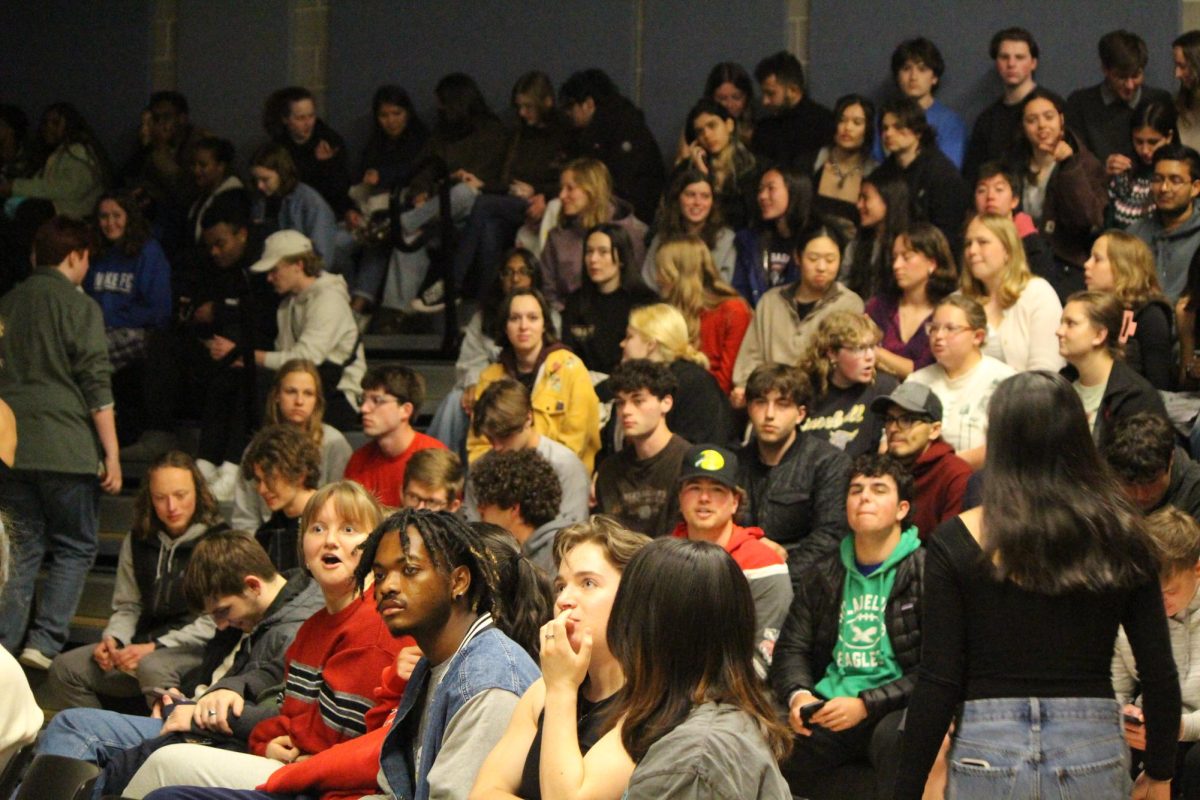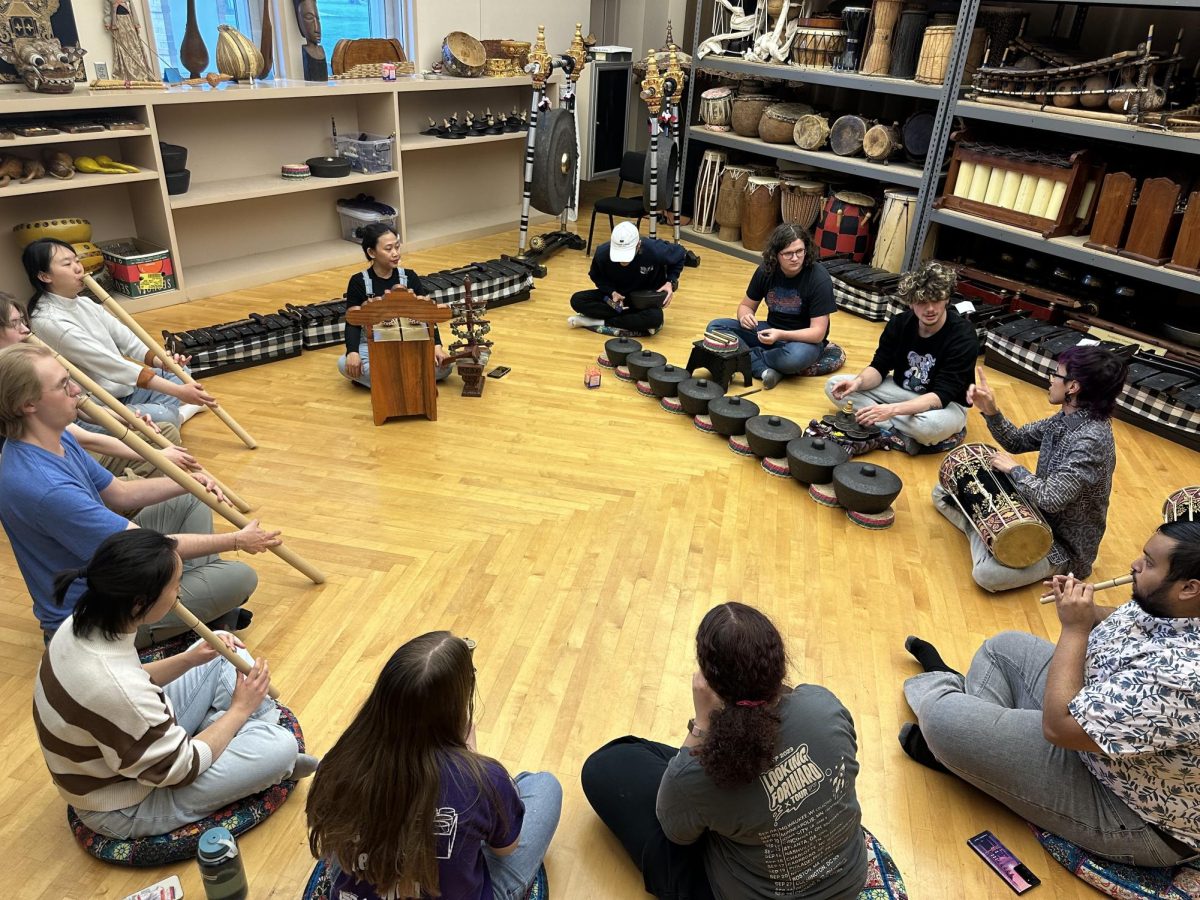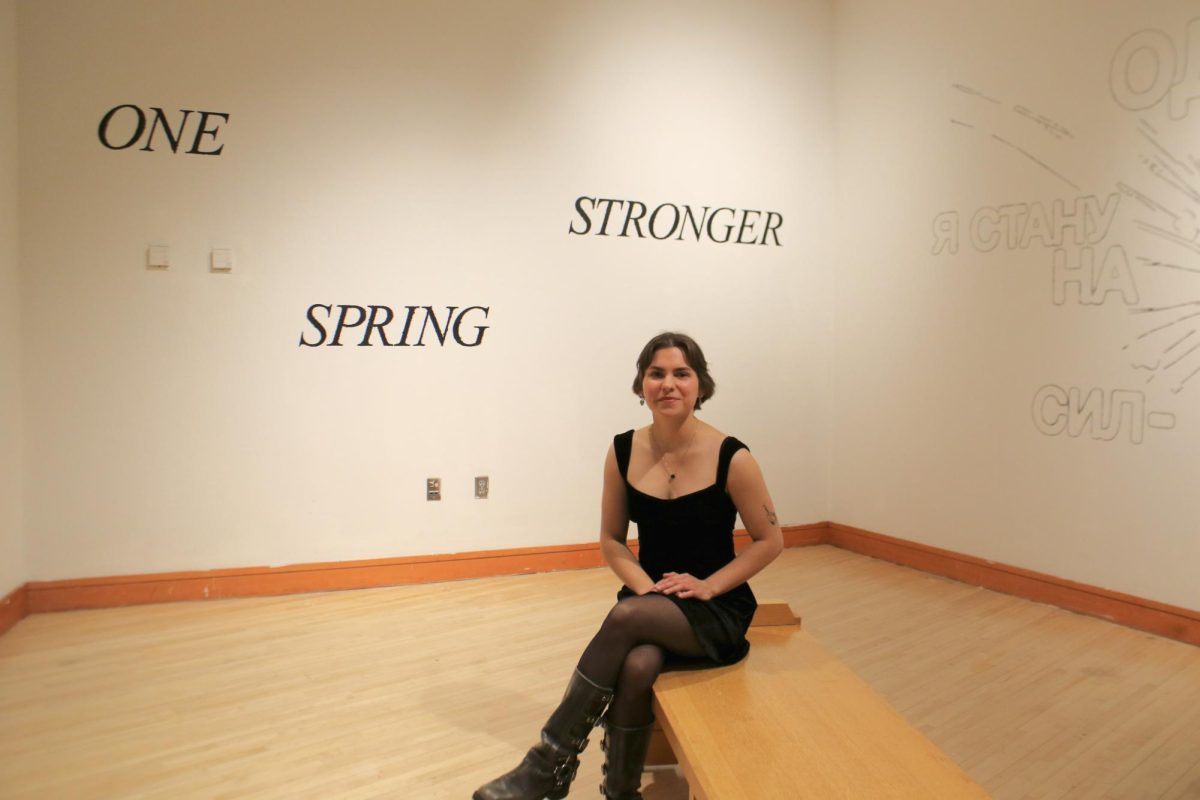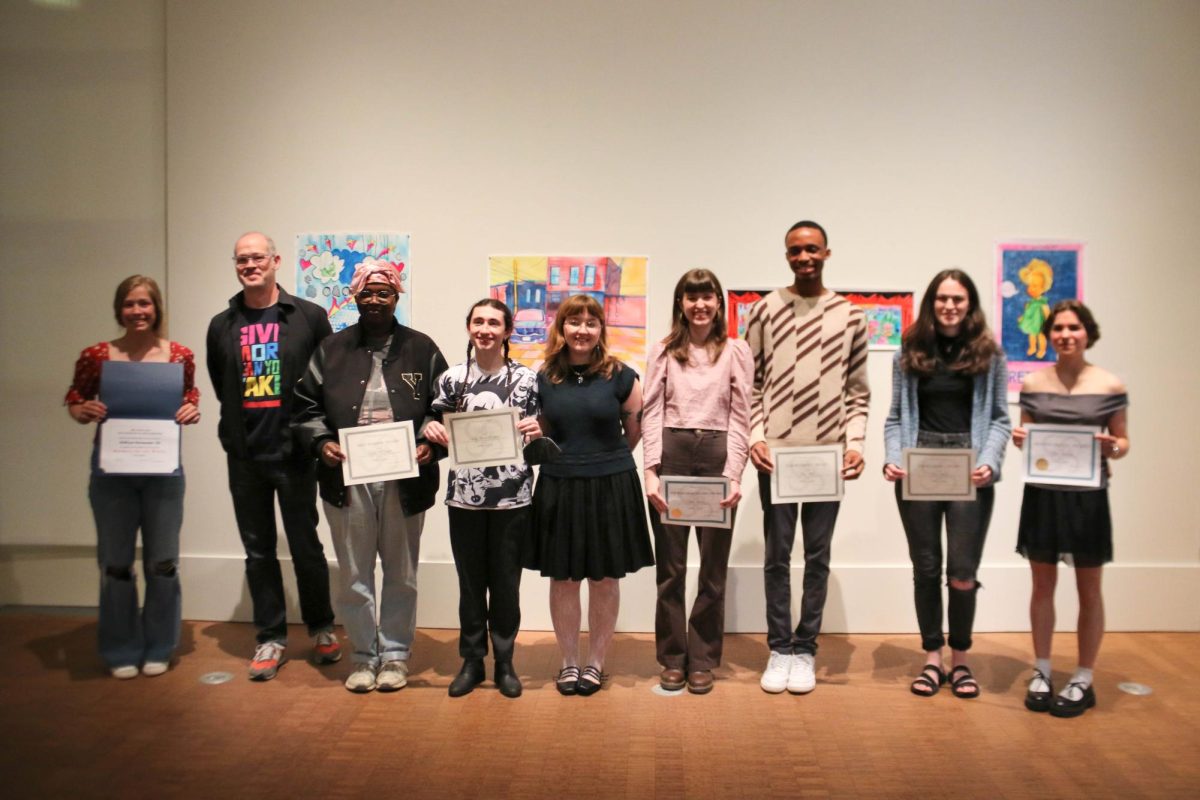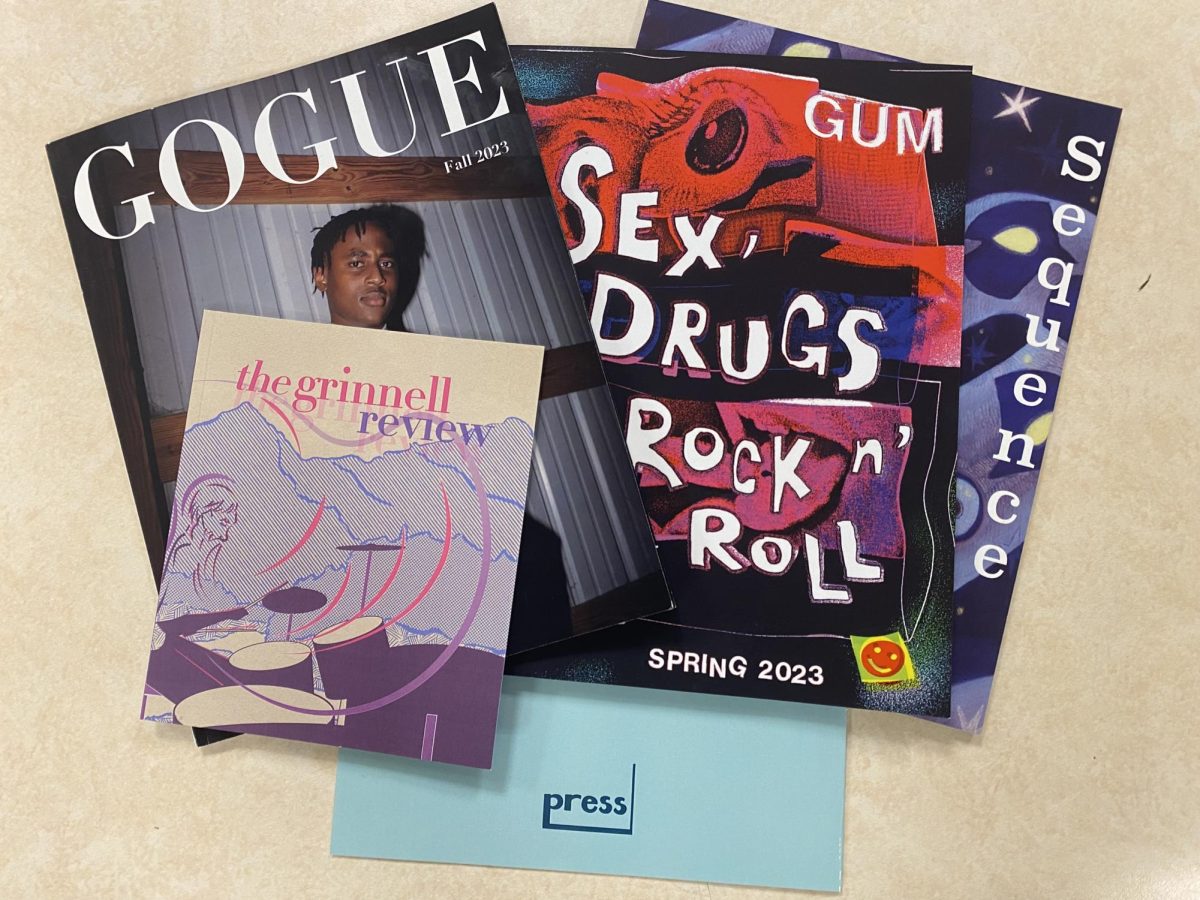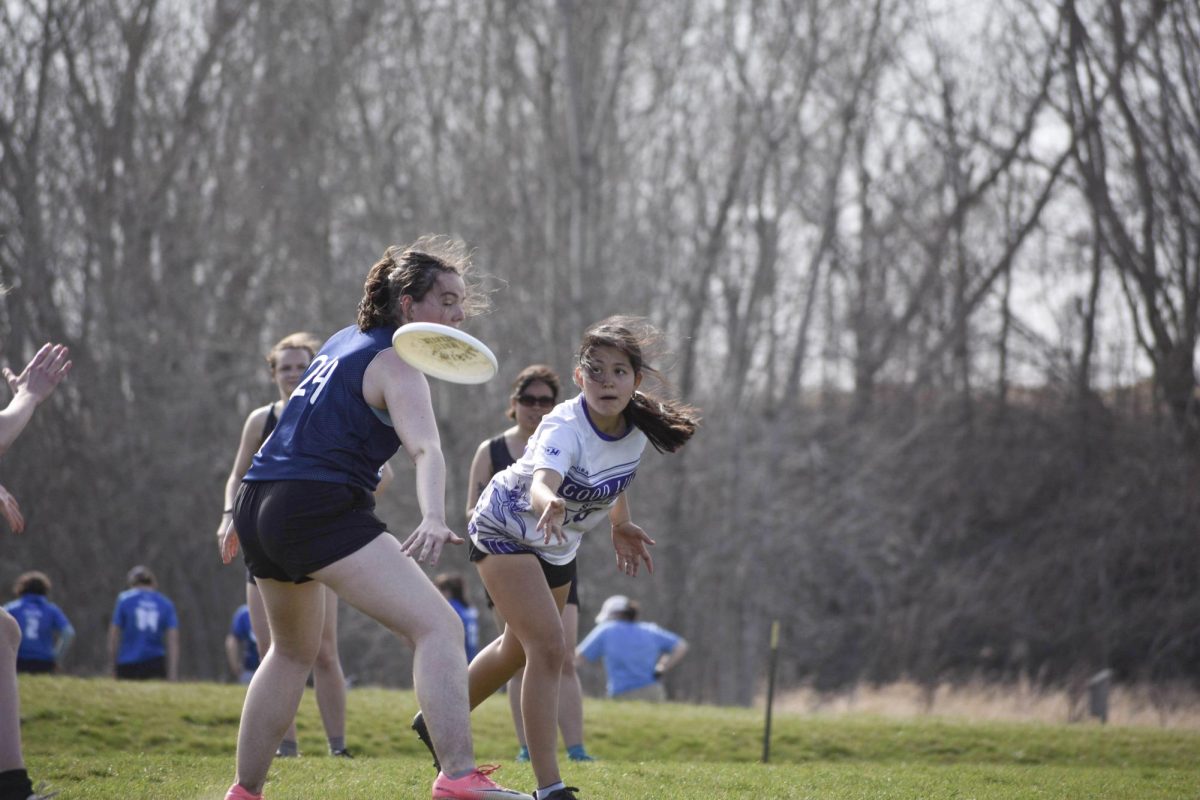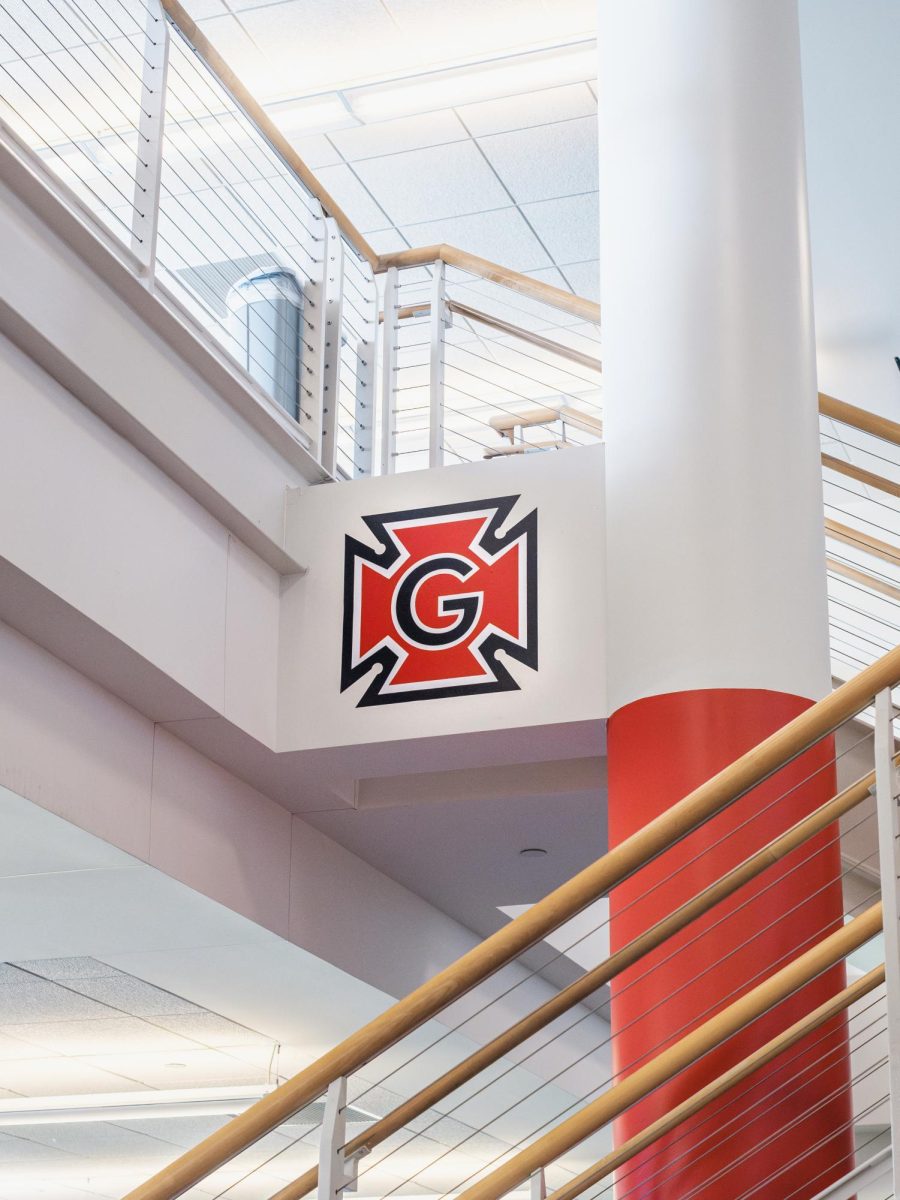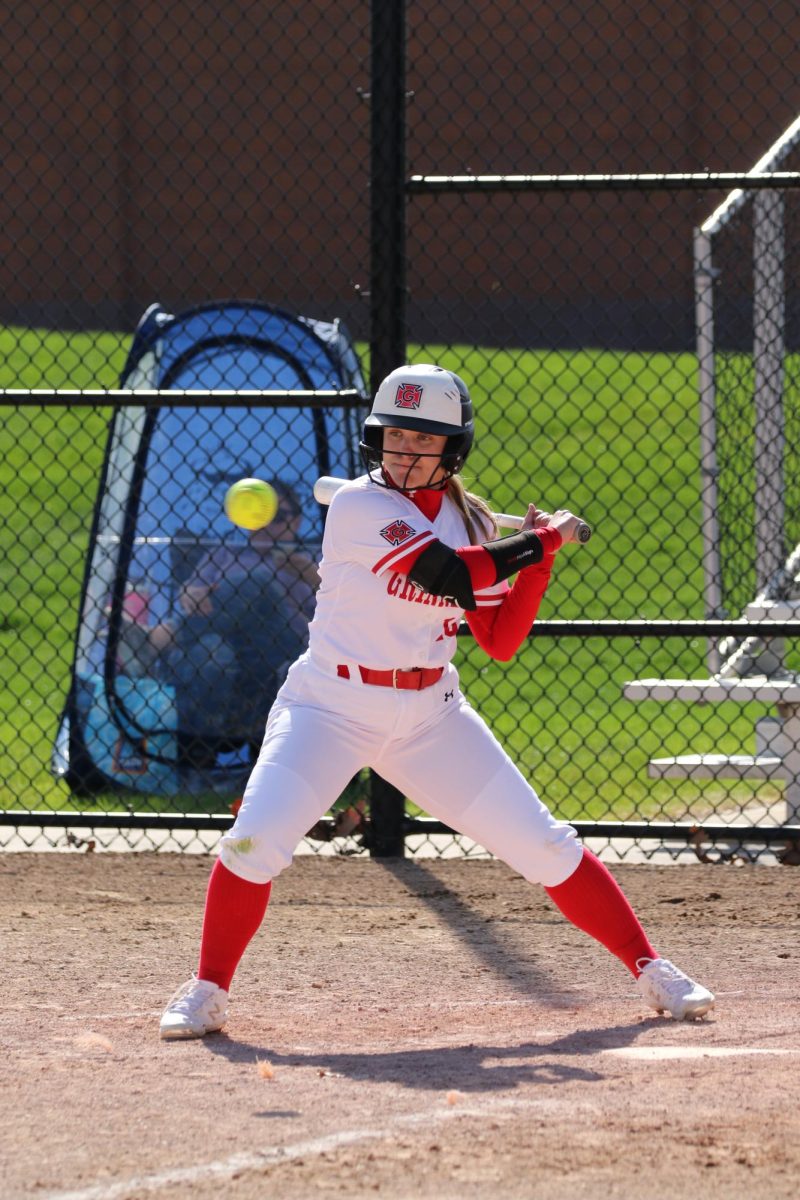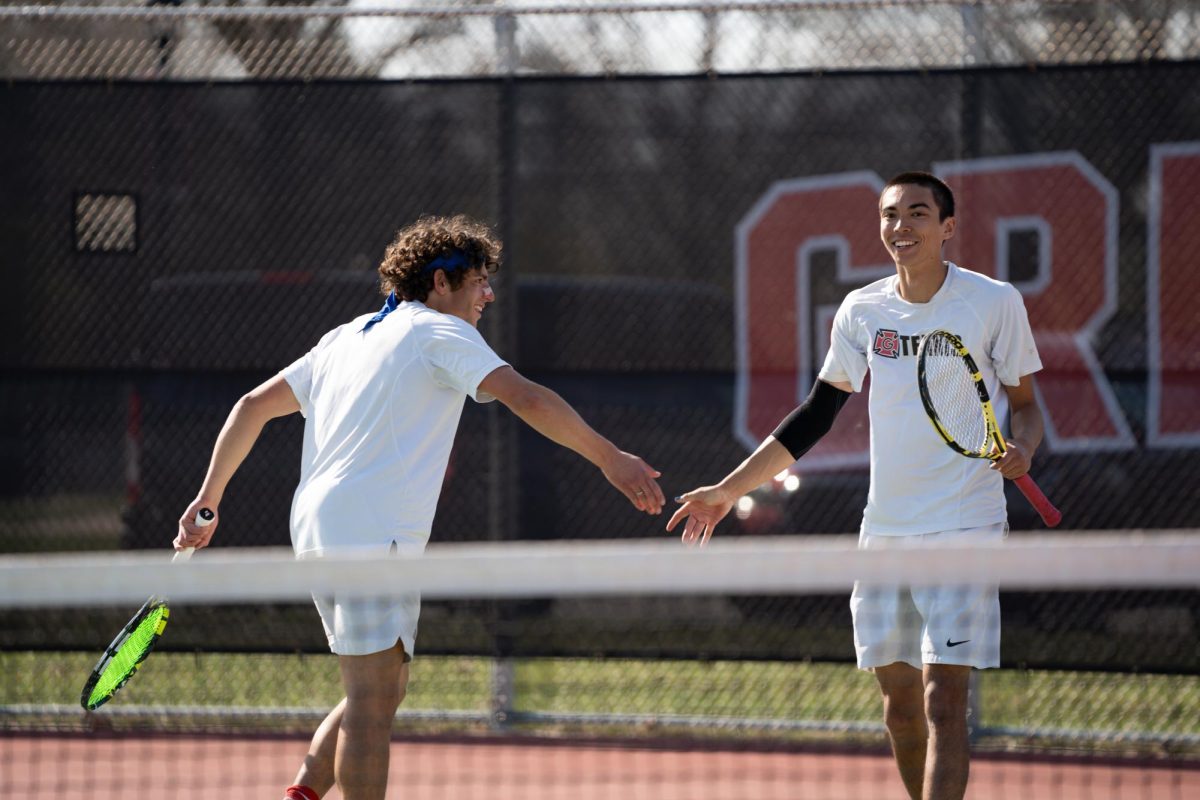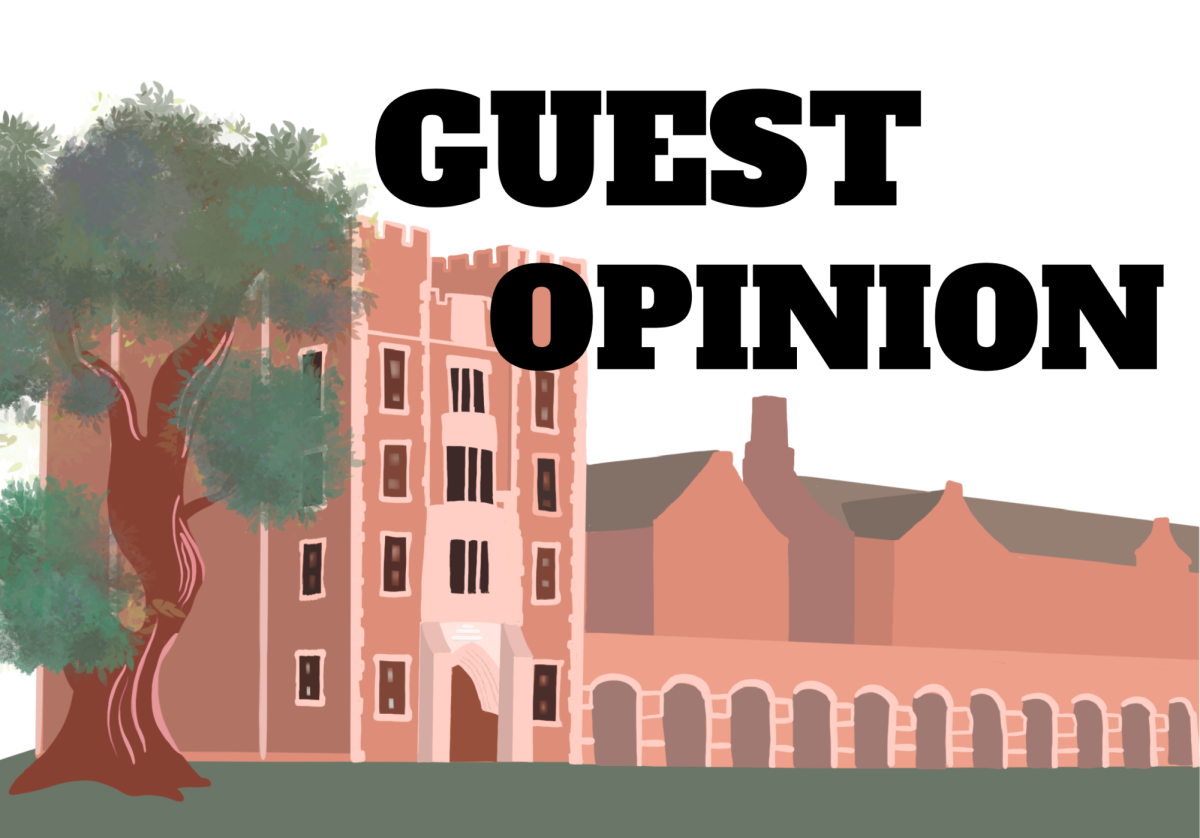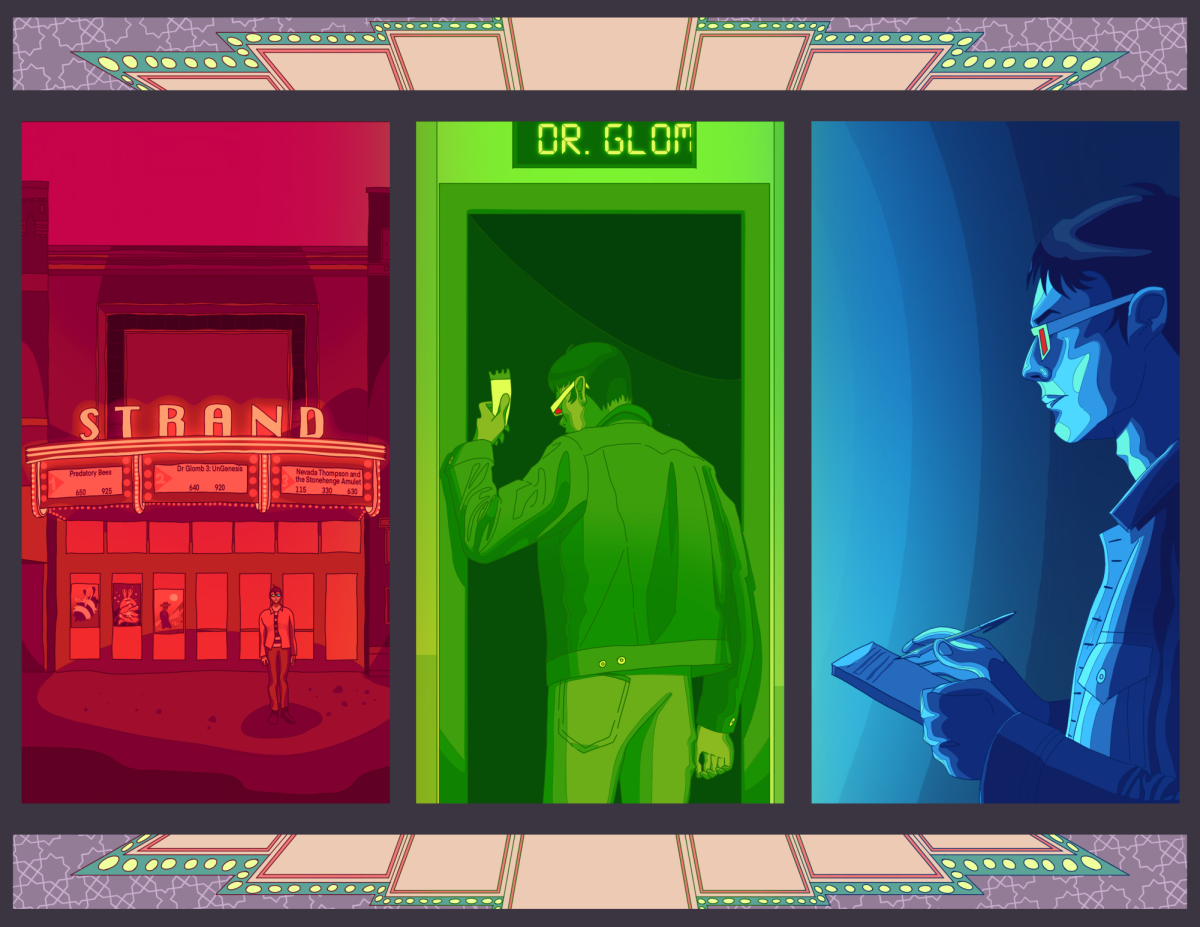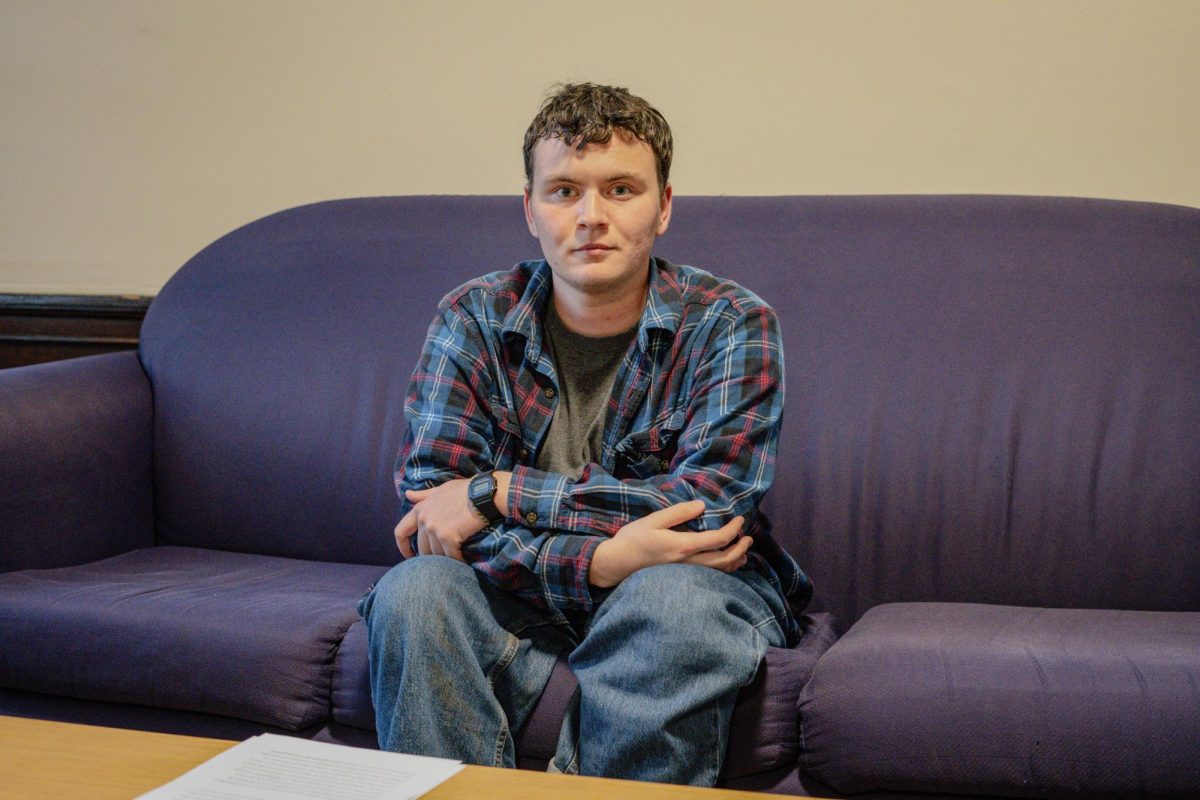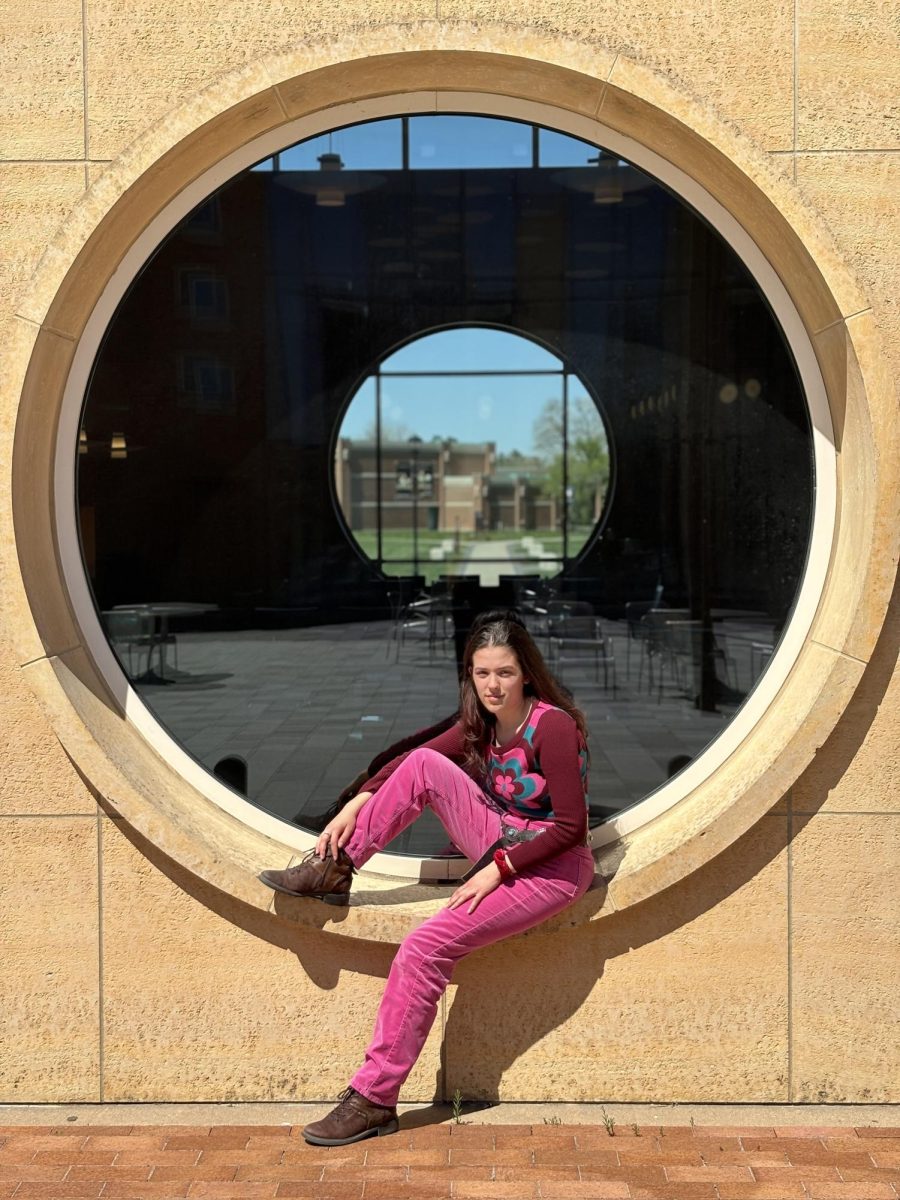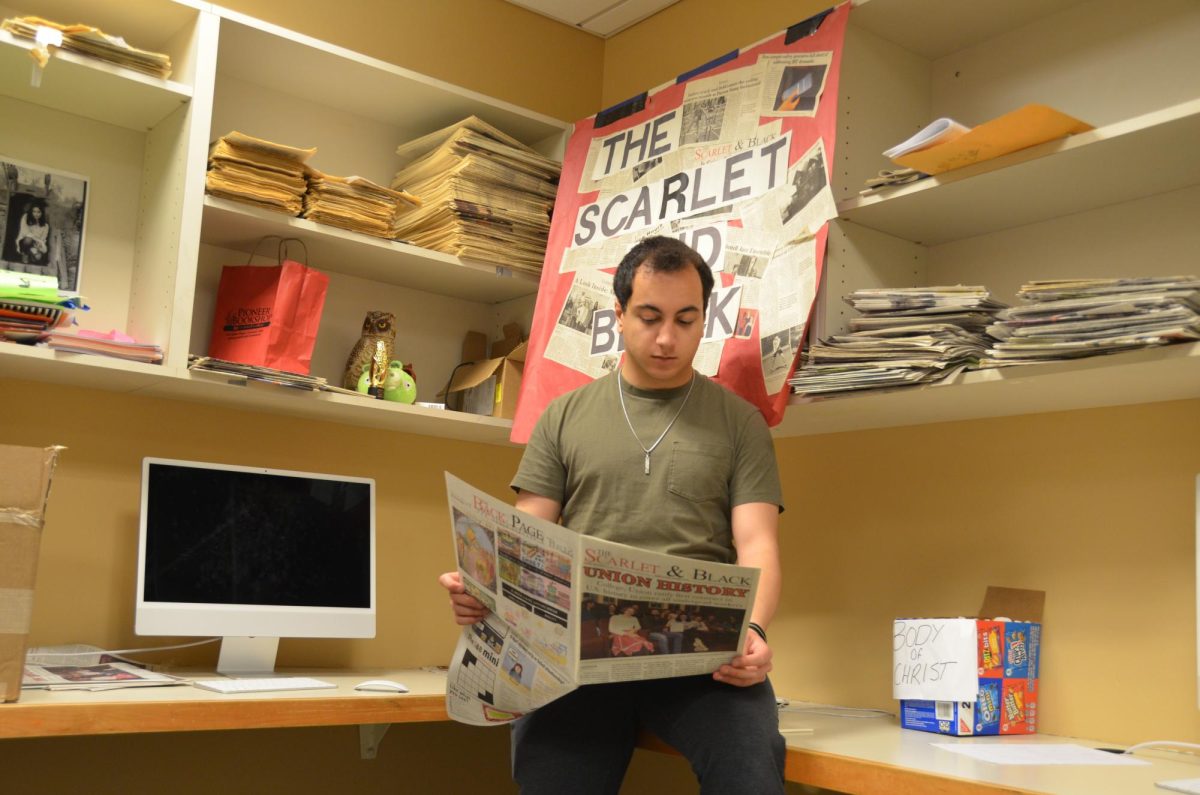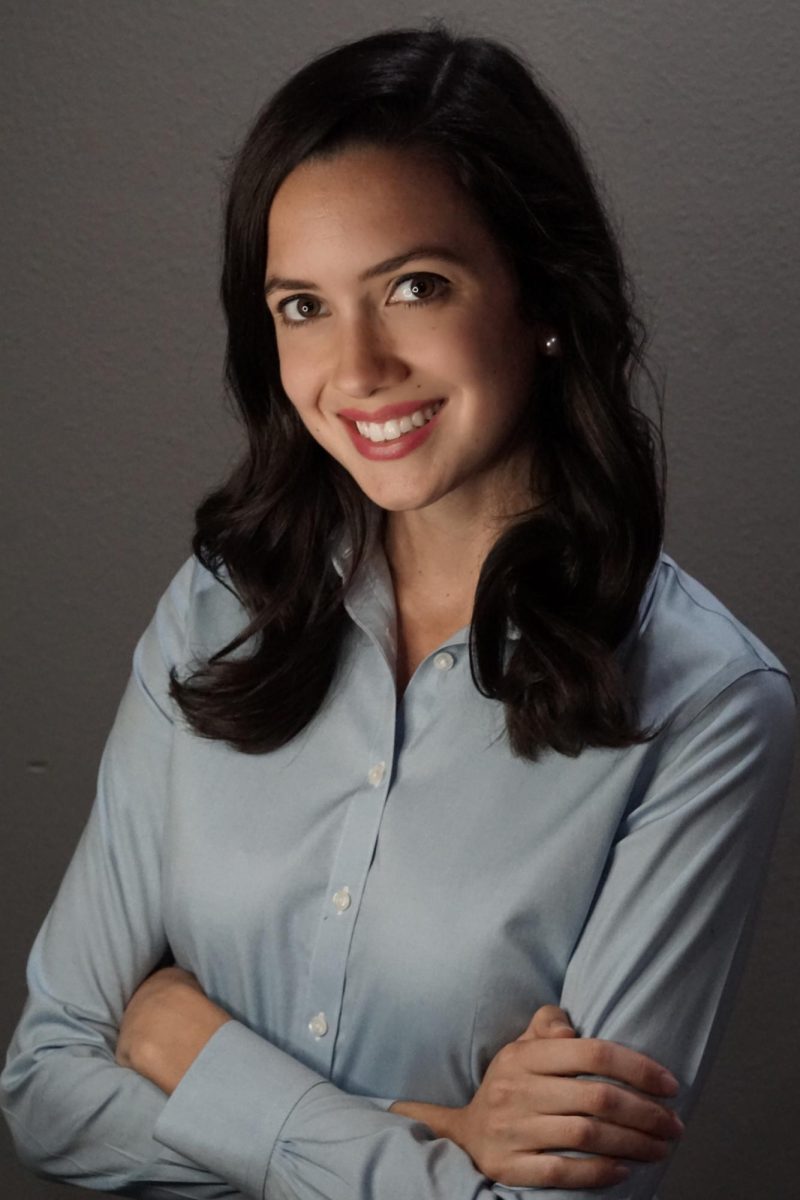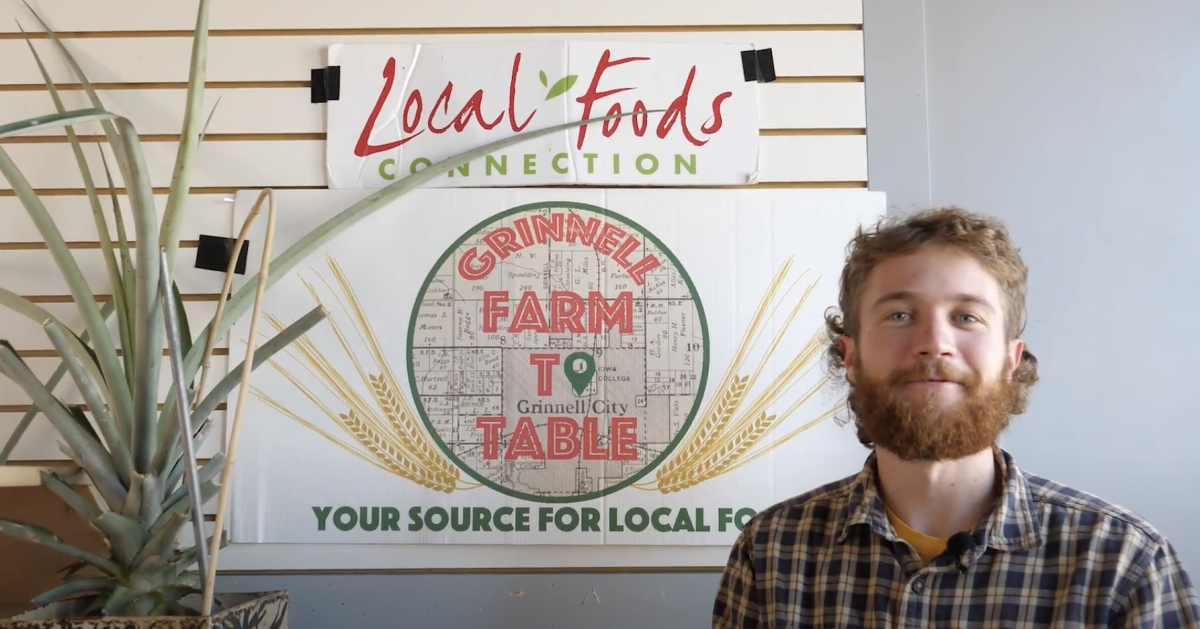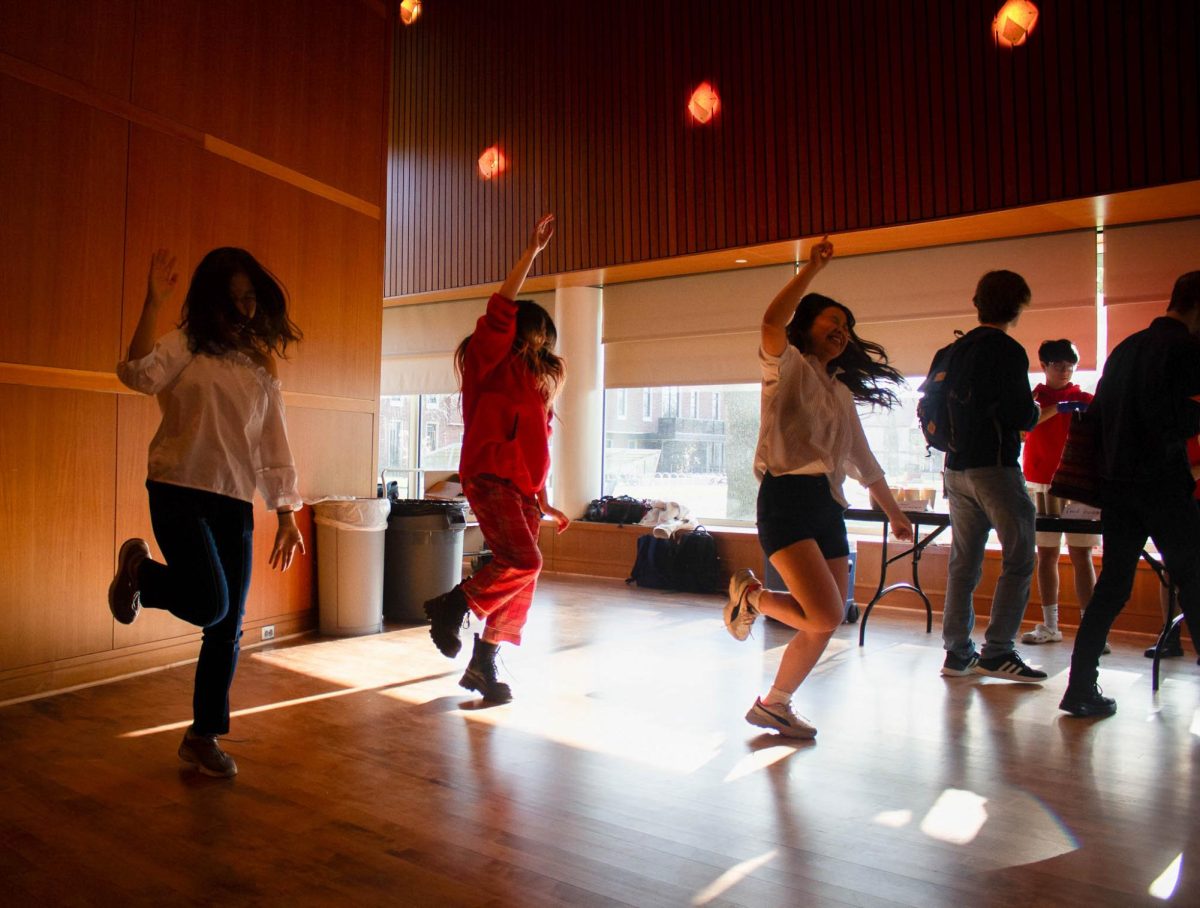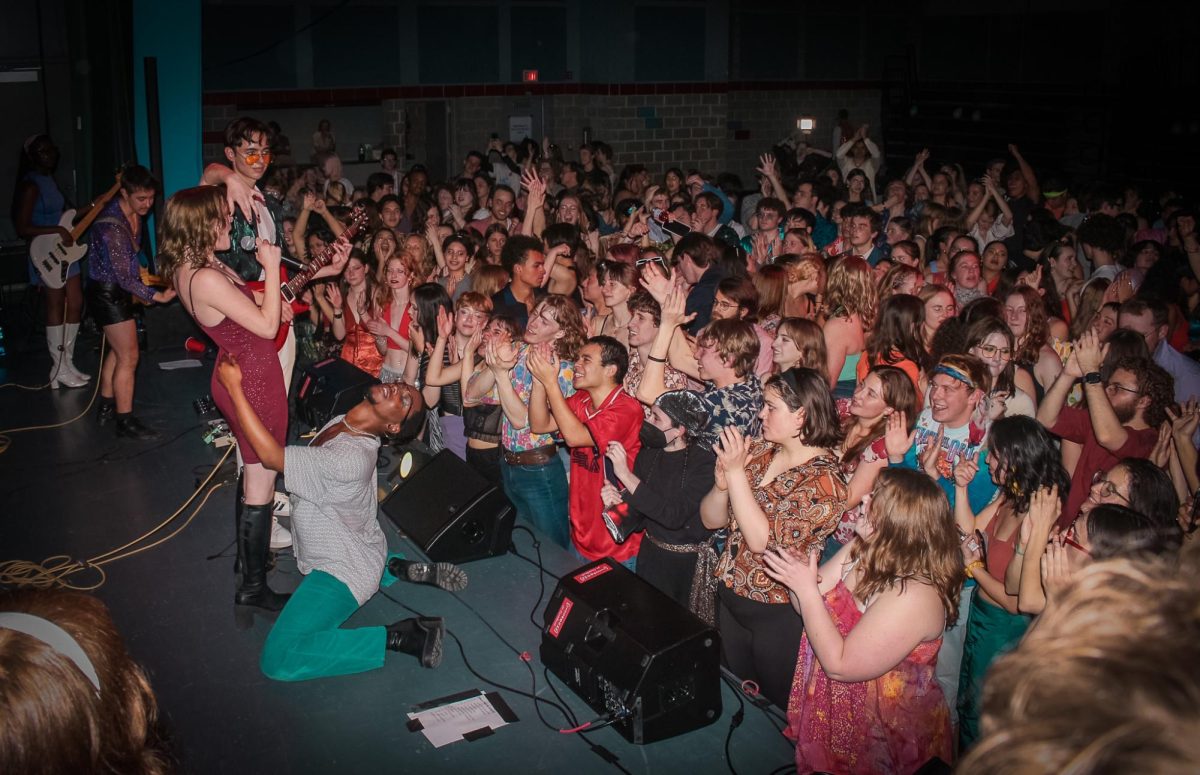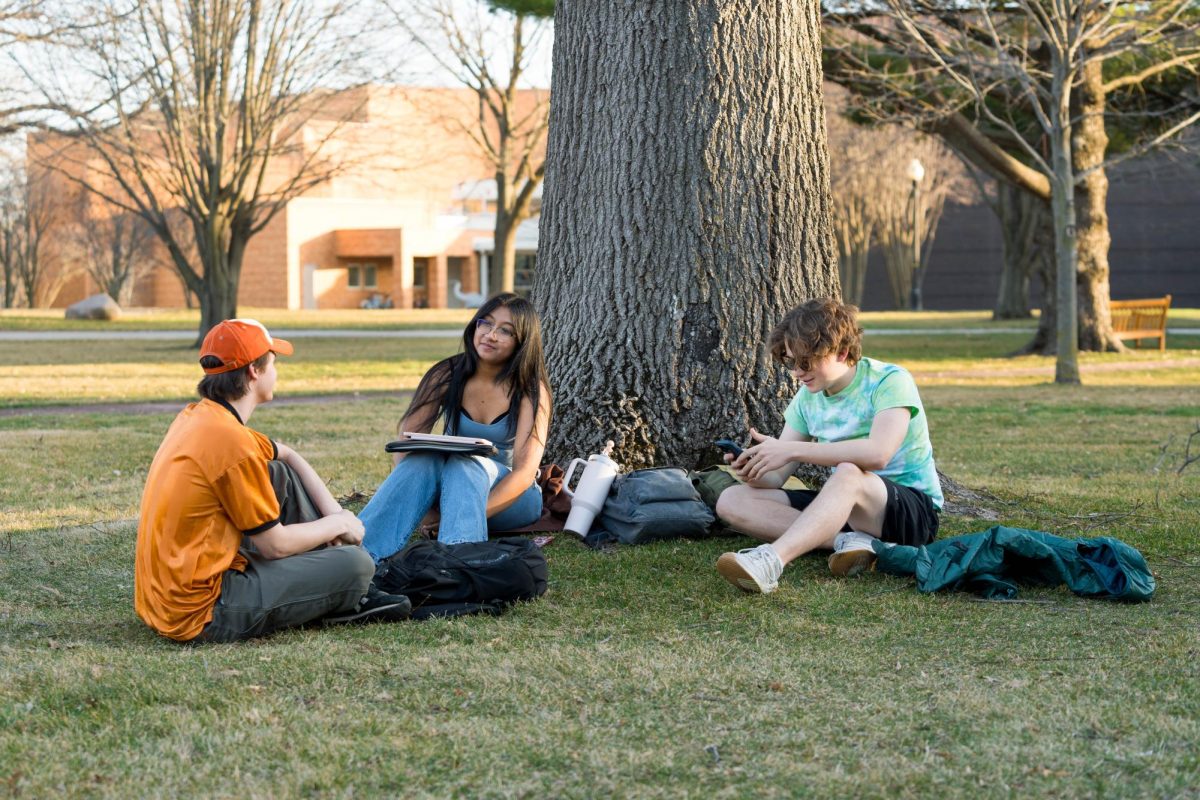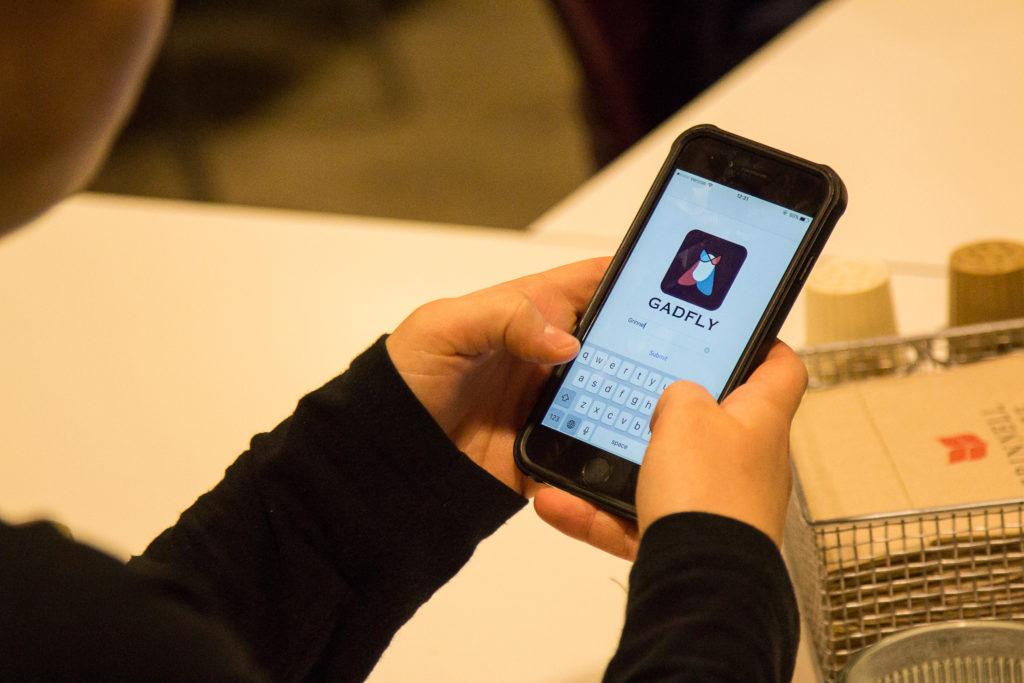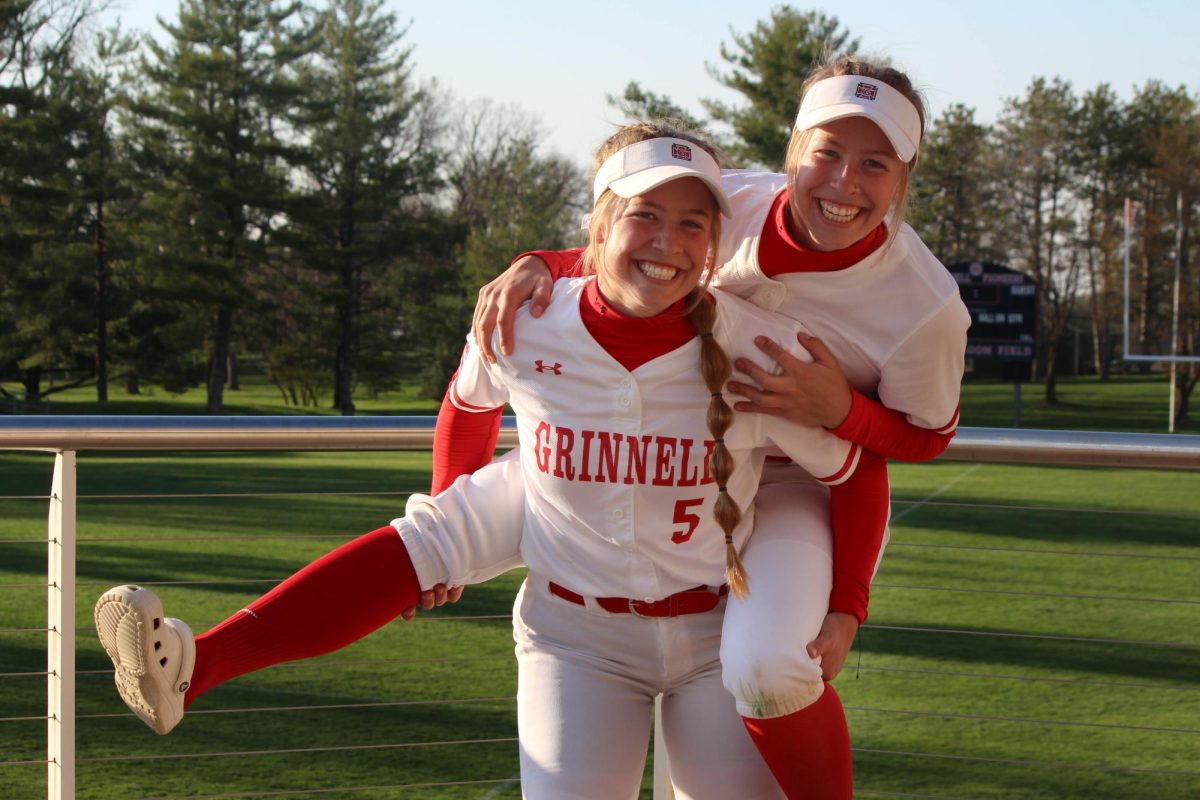By Andrea Baumgartel
baumgart1@grinnell.edu
Some people choose to call their elected representatives to press for change, but many others don’t—they might not know what to say, or know the best way to contact their representative.
Luckily a group of Grinnellians organized over spring break to address this problem, and created a website, iPhone and Android app collectively called Project Gadfly.
“An alum, Josh Moore ’99, who was a physics major, had this idea in late January to make this app, to provide a platform that makes it easier to contact representatives directly. He talked to some other alumni in the Minneapolis area to see if it would be feasible to gather up some current Grinnell students over spring break to all work together to create it,” explained Madeleine Hardt ’17, one of the app’s creators.
Paps Ampim-Darko ’19, Linh Pham ‘18, Esther Hwang ’19, Ziwen Chen ’20, Xinyi Yan ’20, Kamal Nadesan ’19 and An Hoang ’18 were the other contributors to the project.
The group of students went to Minnesota to work on the project.
“It was 12 days of go, go, go” Ampim-Darko said. During the short window, the group constructed not just the app, but also a website and server.
“The hardest part at the beginning is figuring out exactly what information you need—not too much, and not too little,” Ampim-Darko said, alluding to what is commonly known in the software development realm as the Minimum Viable Product—a product with just enough features to serve its functions.
Project Gadfly is designed to remove barriers to entry for political action.
“To remove those barriers—not knowing who to call, or what to say—in the form of providing a simple button that lets someone call their representative, and on the same screen, see a sample script that someone else has uploaded via the website,” Hardt said.
Anyone can upload a call script, and the website provides the ability to create a QR code for said script that can be sent or posted anywhere, thus allowing others to pull up the script directly.
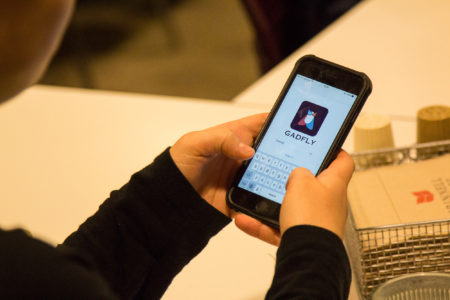
The group is still fine-tuning the app—as the App and Google Play stores have specific requirements and standards which still need to be met—but according to Hardt, it should be available to everyone within the next couple of weeks.
The group worked on overall strategy together but split up based on specialty. “We pretty much tackled everything together and made all of the decisions together, but also worked in pairs” Ampim-Darko said.
“Paired programming is something that the Grinnell CS Department focuses heavily on in the curriculum and does really well in. It’s thought to be very good practice to have one person ‘driving’ and one person ‘navigating’ and if our team were bigger, we might have had more splitting up, but in our case it was…two for one app, two for the other, two to make the website and two to do the server, database, and everything not on the front end of the app—stuff that supports the app that the user isn’t aware of,” Hardt added.
During the break, each student was able to live with a different alum in Minneapolis.
“Since the [presidential] election, which I found to be pretty upsetting, I’ve been asking myself how I can use my skills in computer science to do something in this situation . . . so when I heard about this, I was totally on board. And for these alums to engage with us and work with us on something they could have easily done themselves, it was really an amazing act of our alumni network who mentored us,” Hardt said.
The name Project Gadfly is a reference to Socrates’s comparison of an activist, a social transformer, to a gadfly which “stings” and “whips” a slow, unresponsive horse into a charge.
